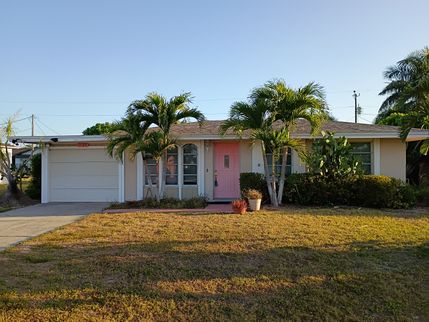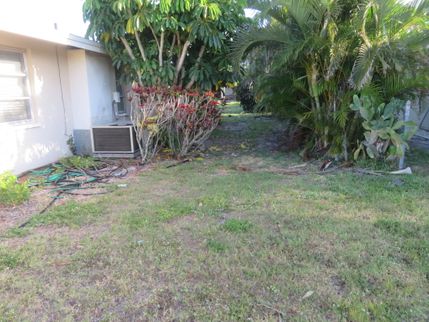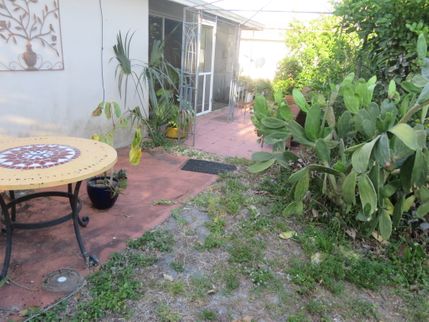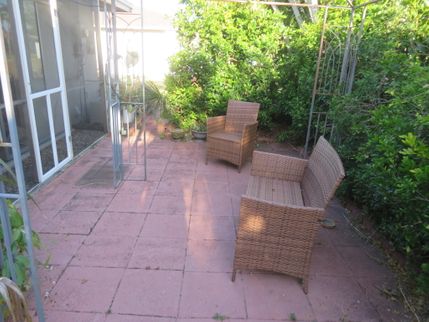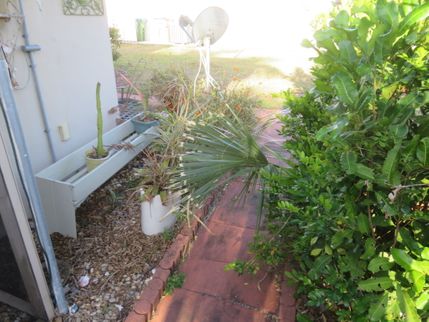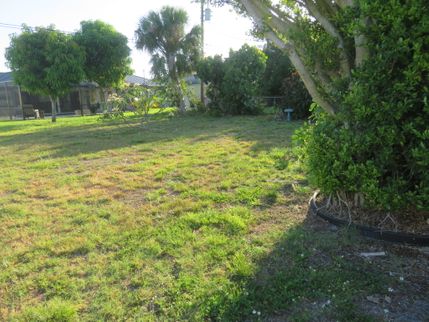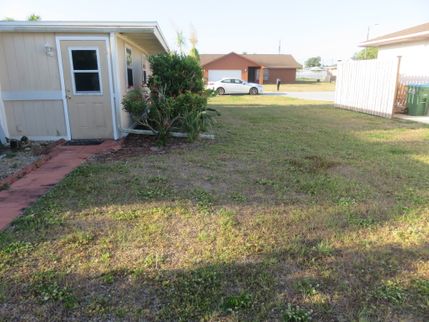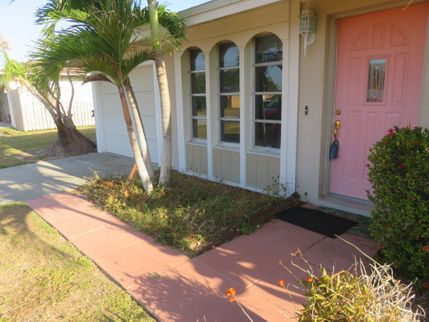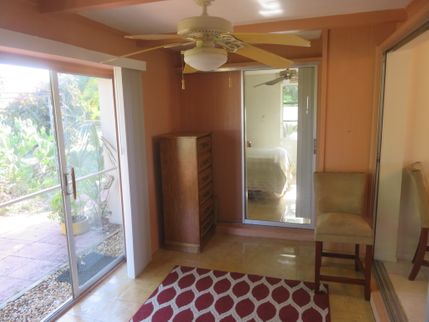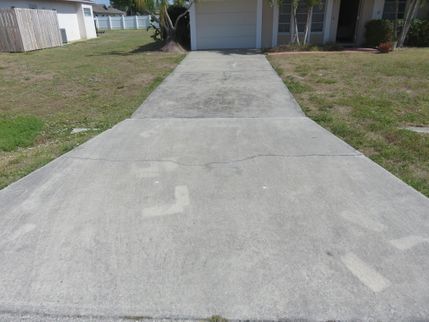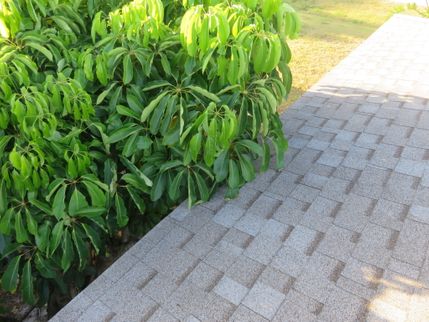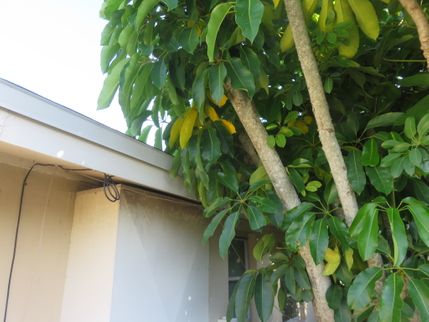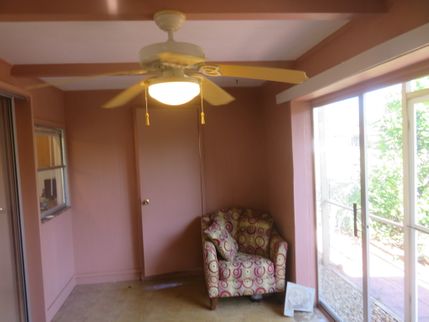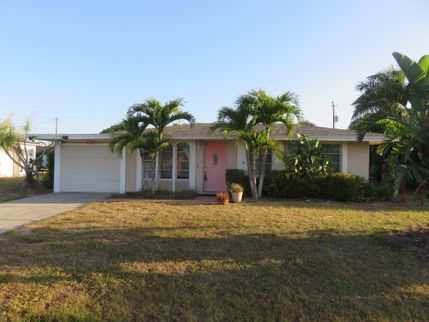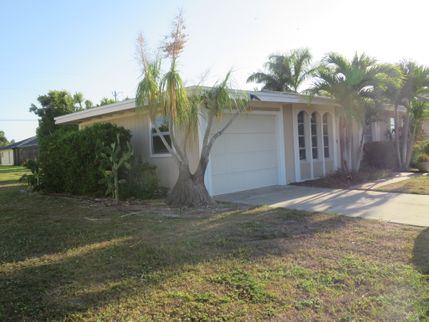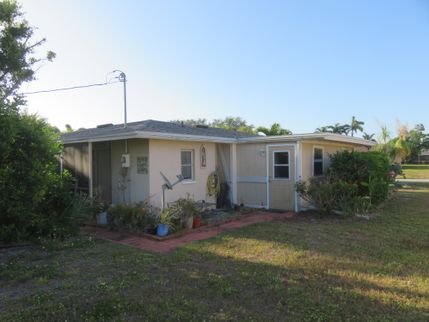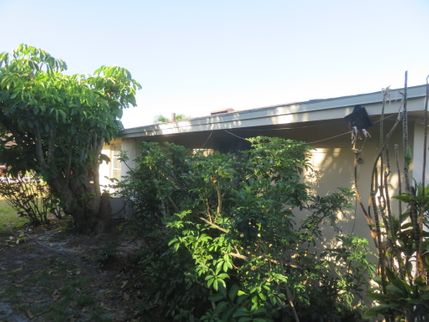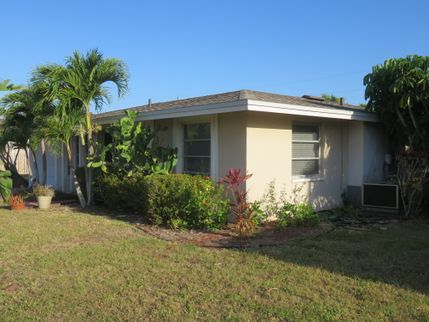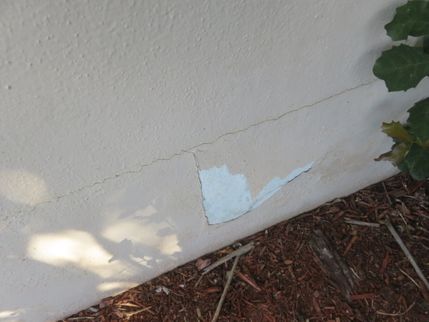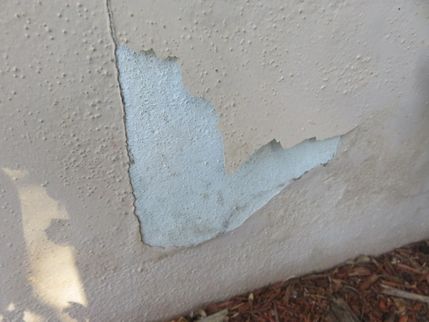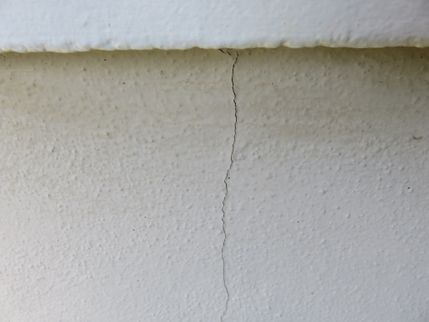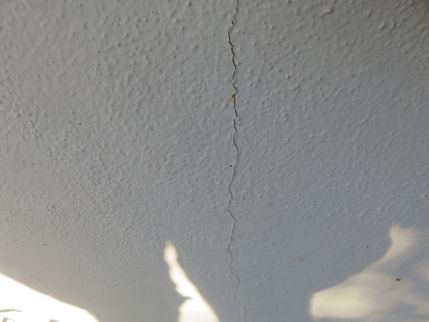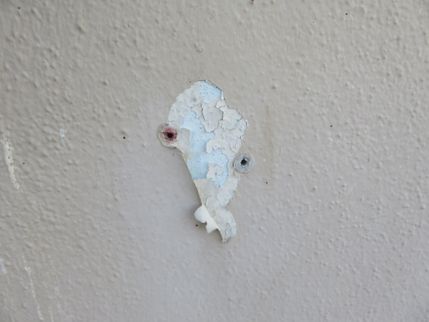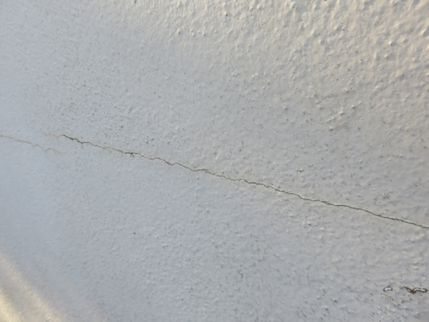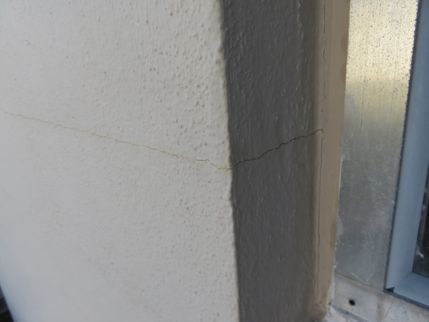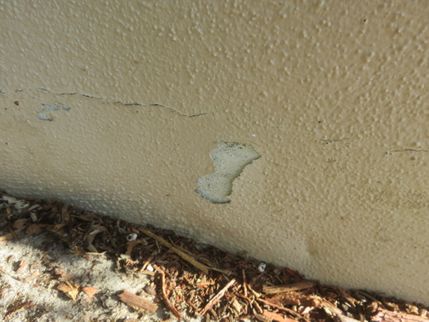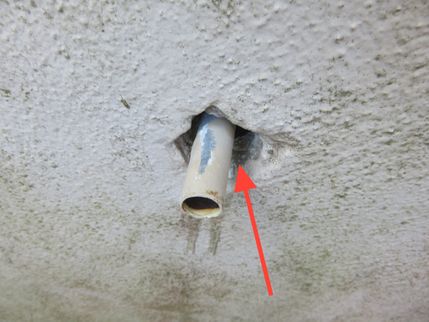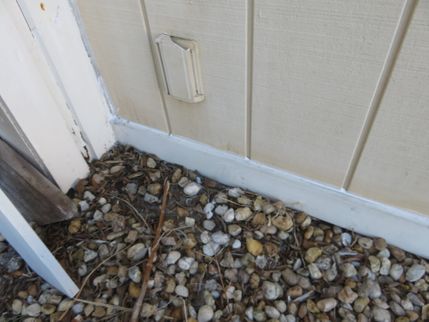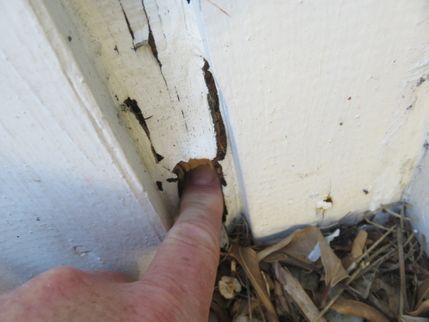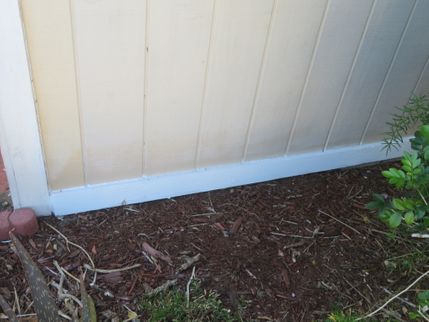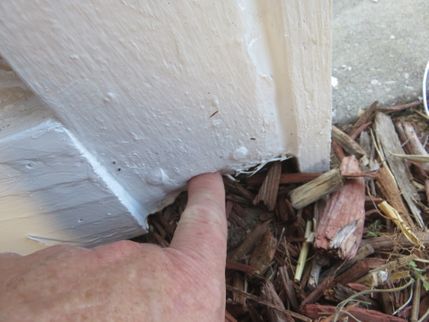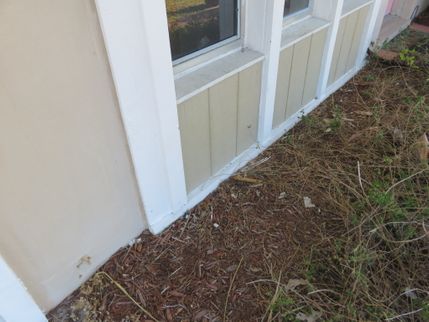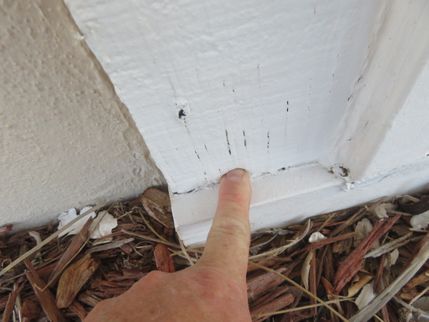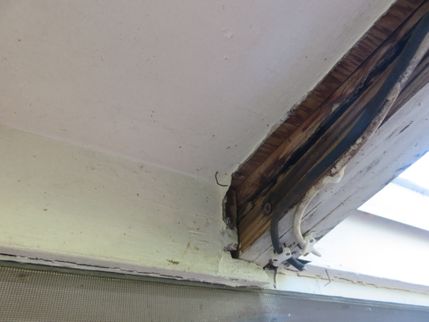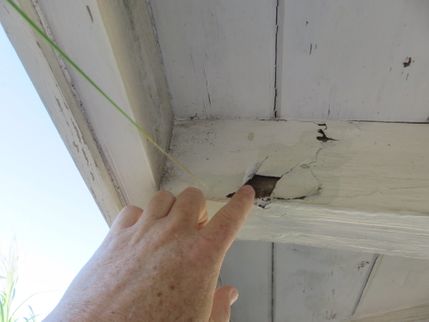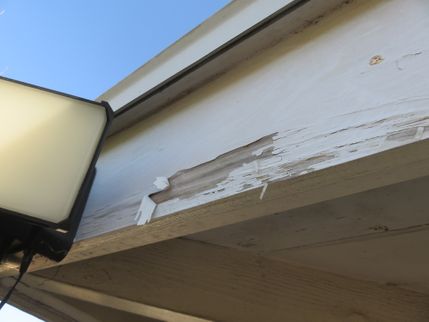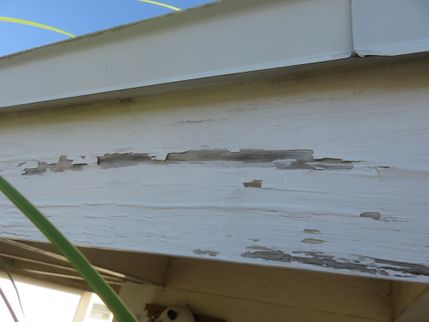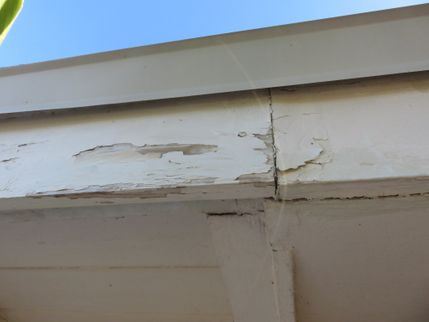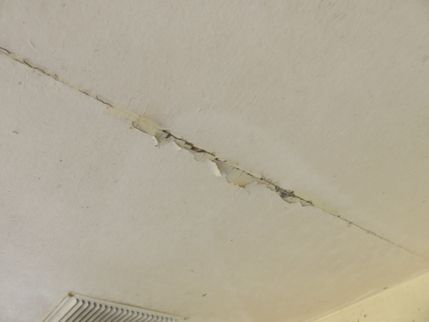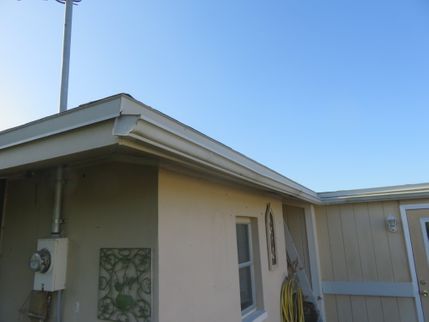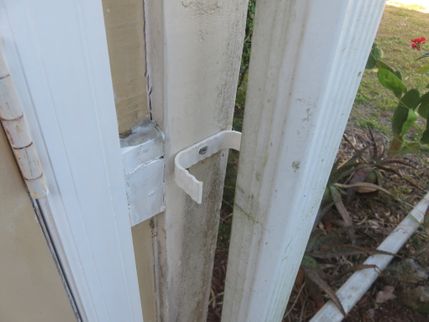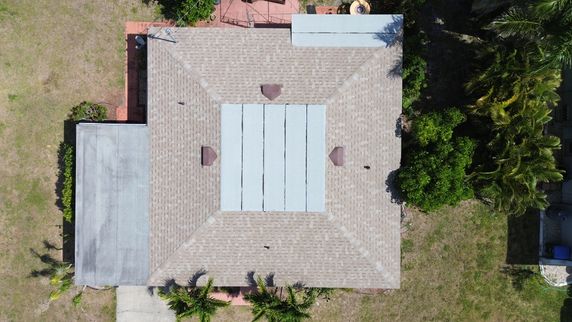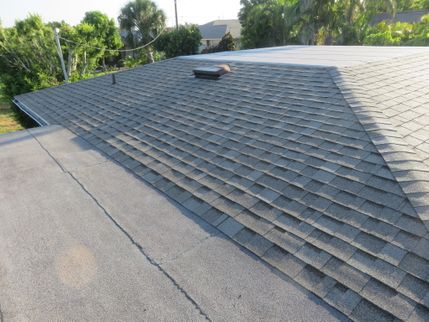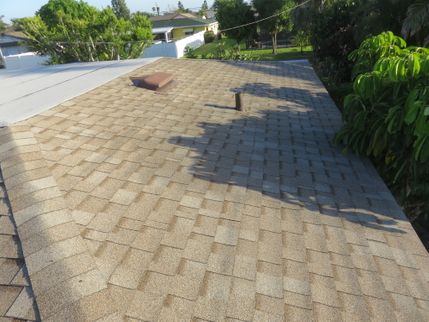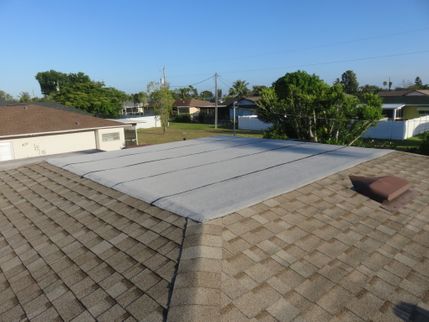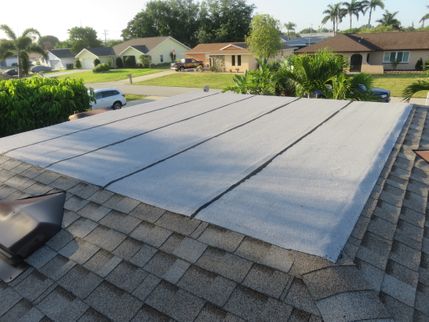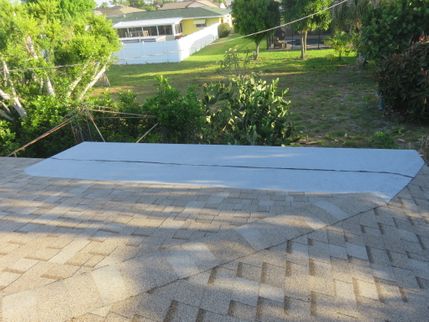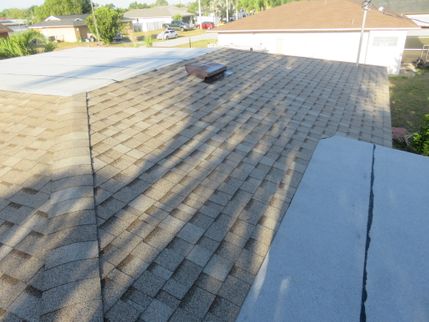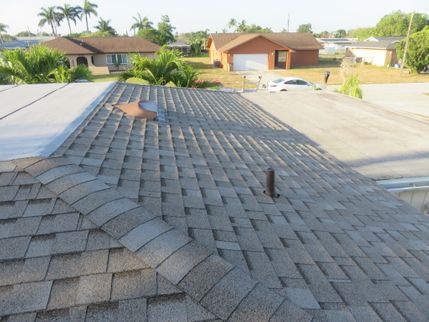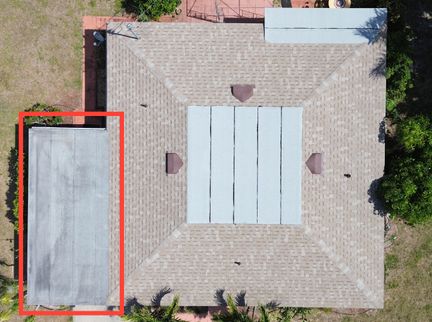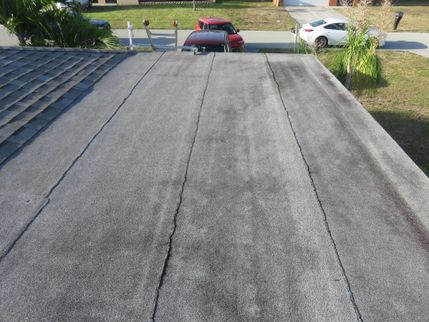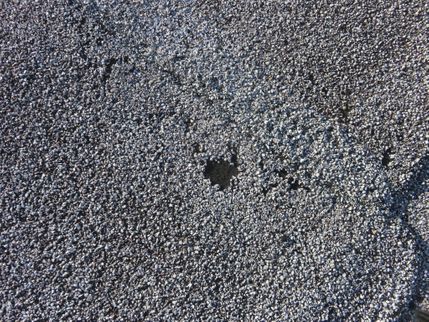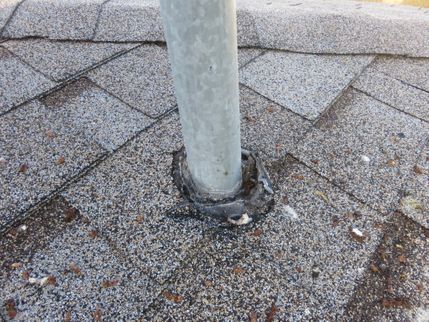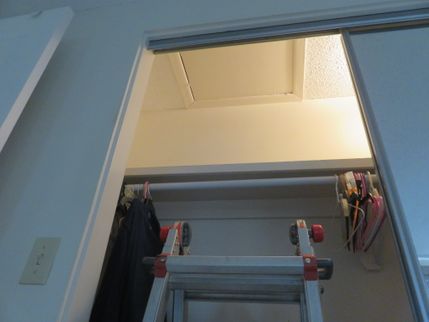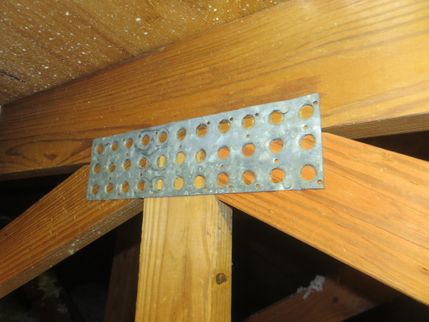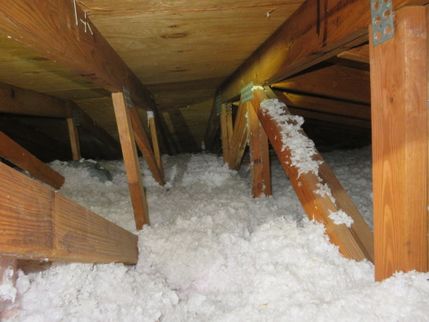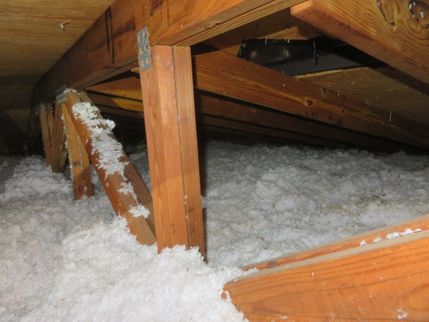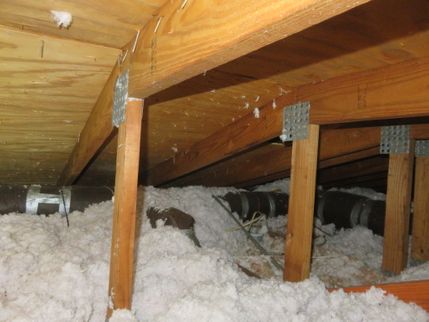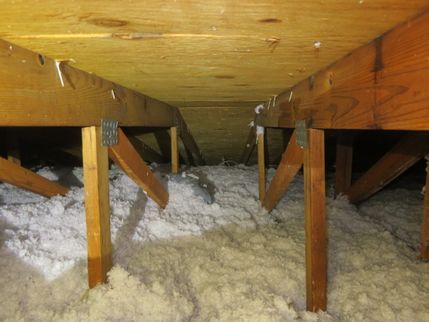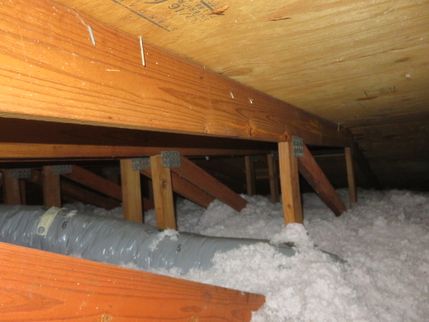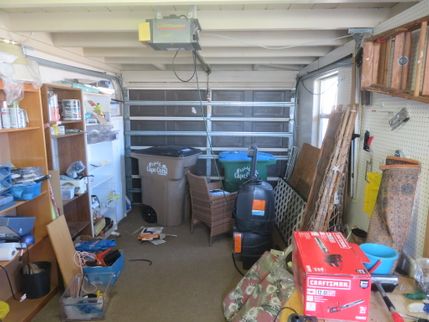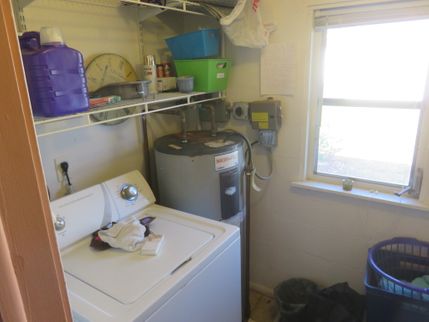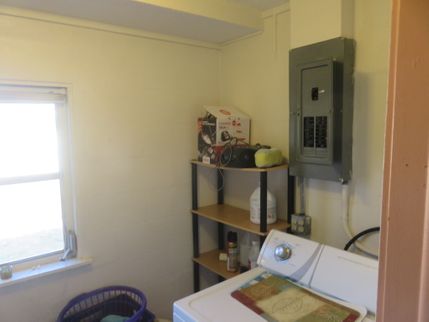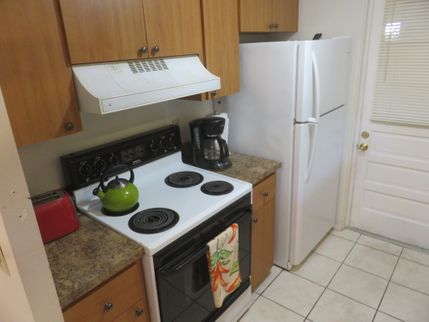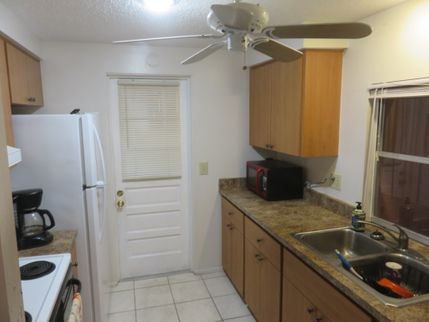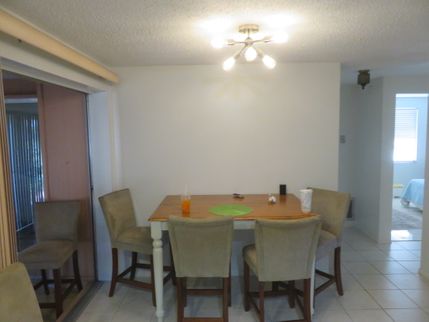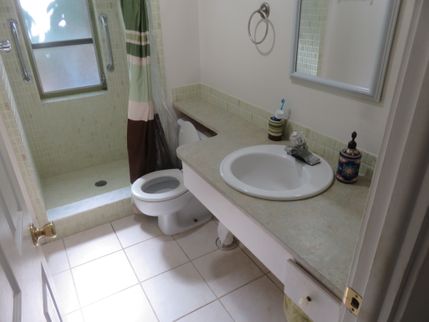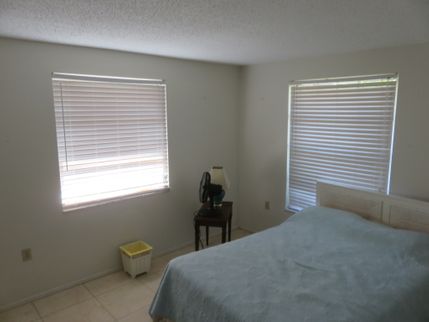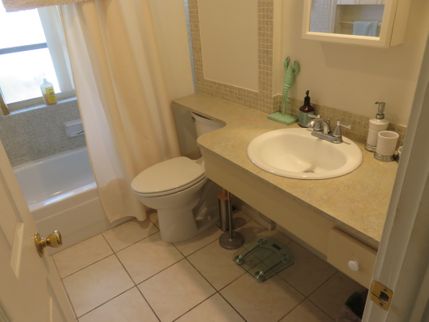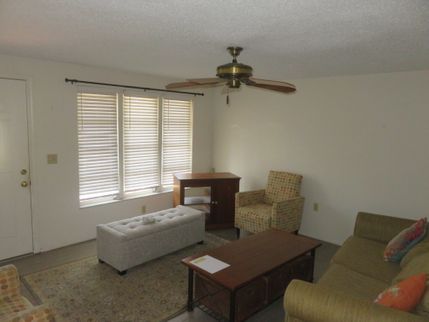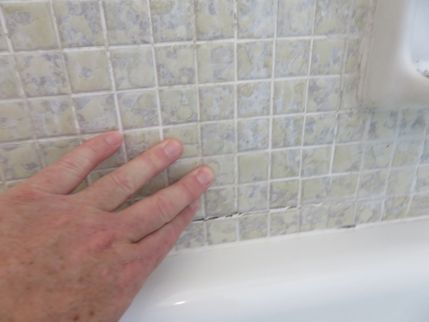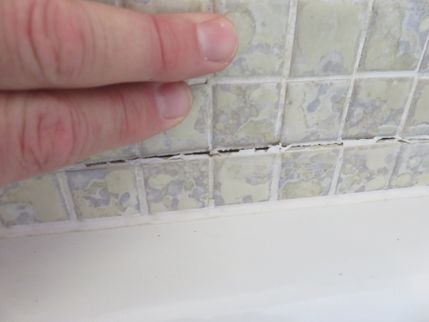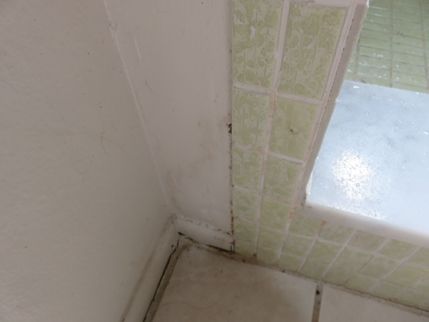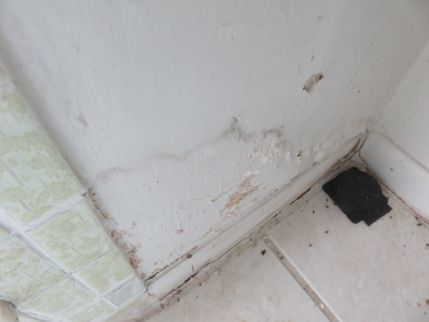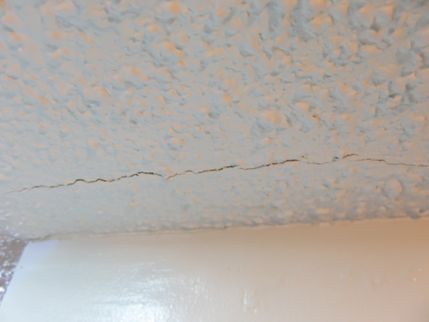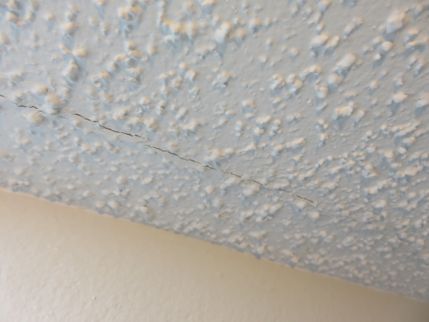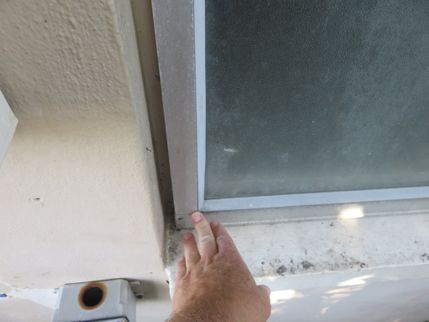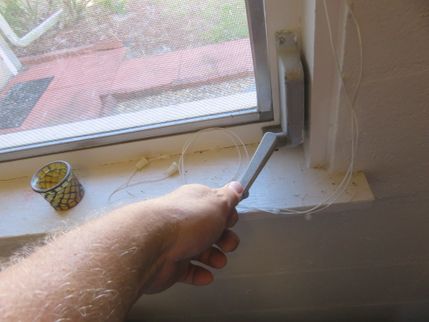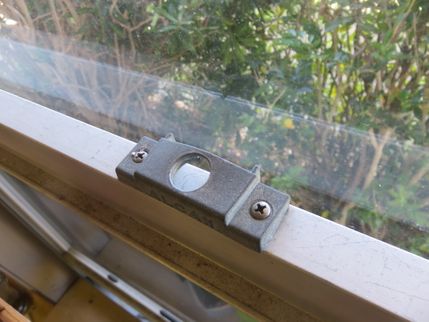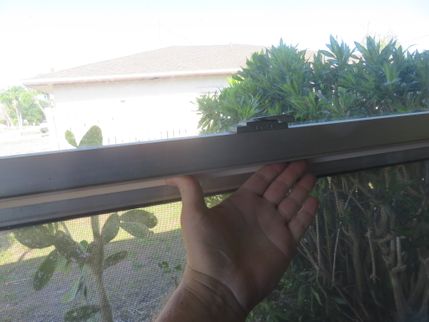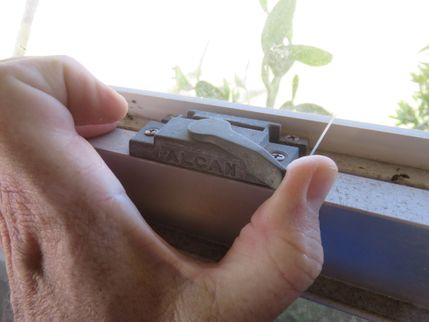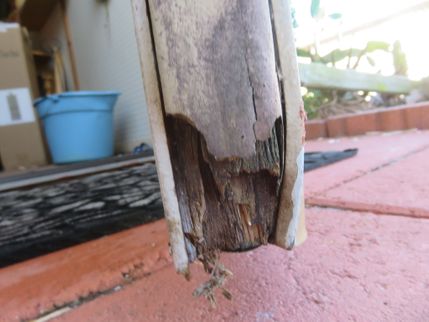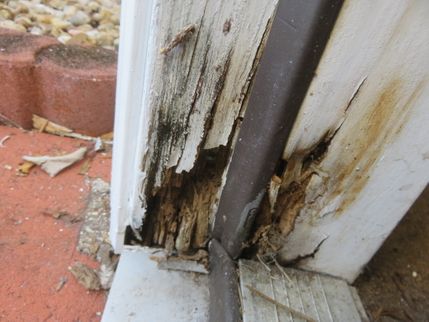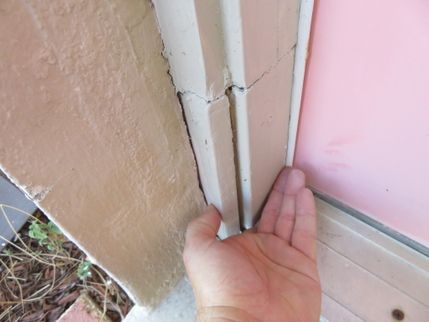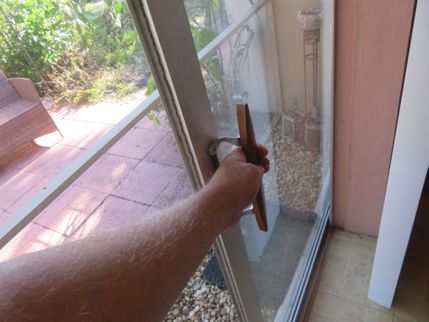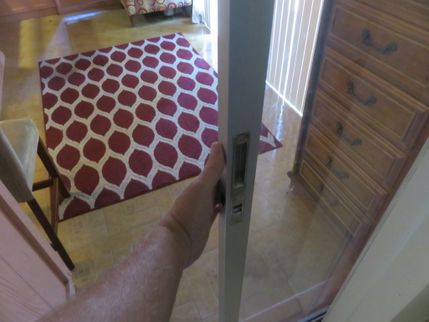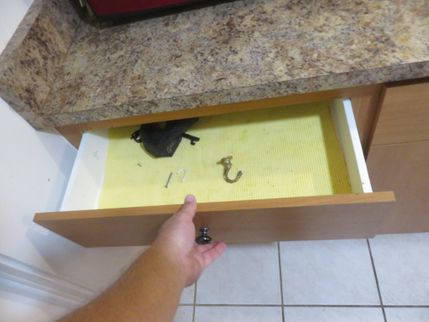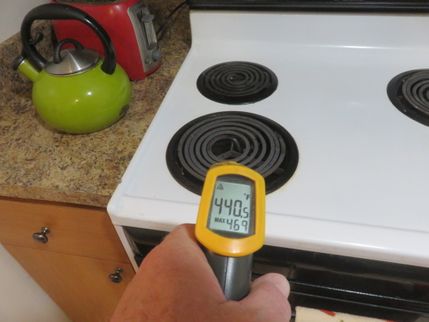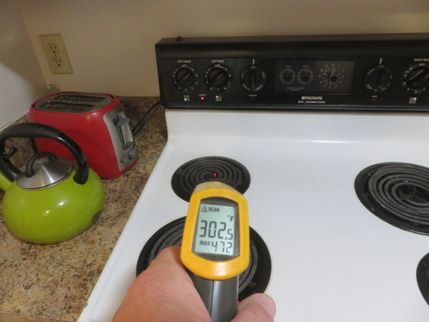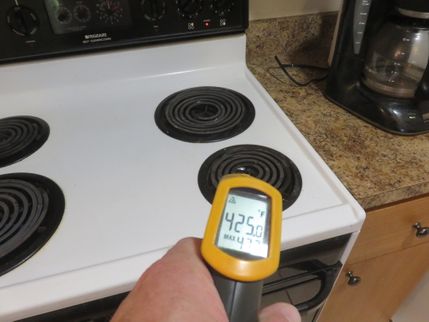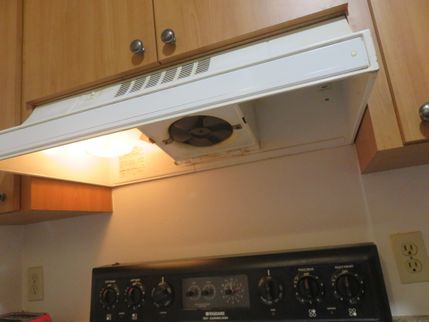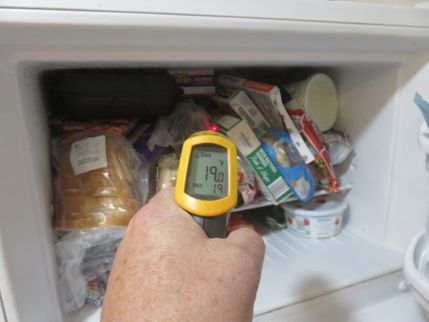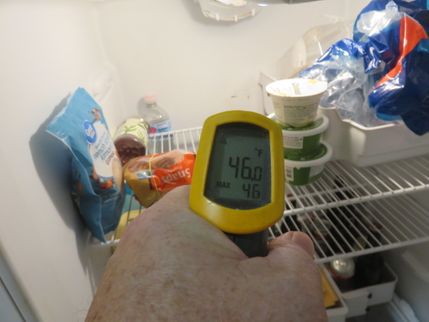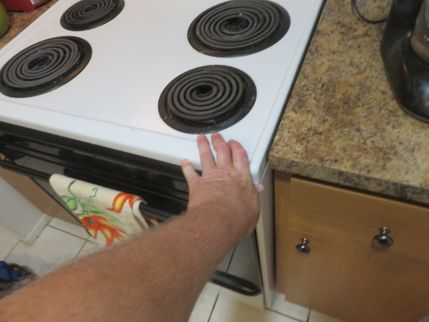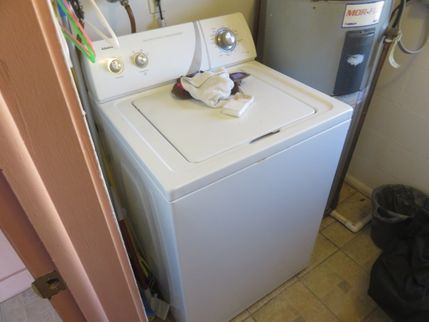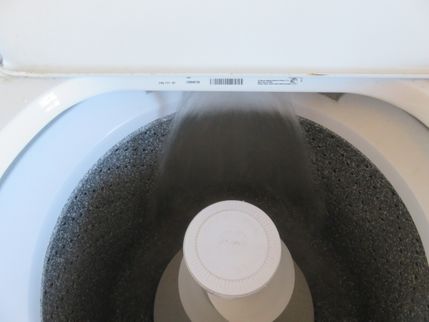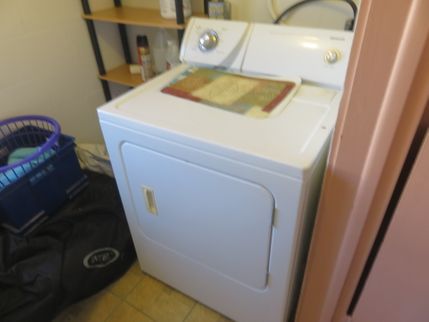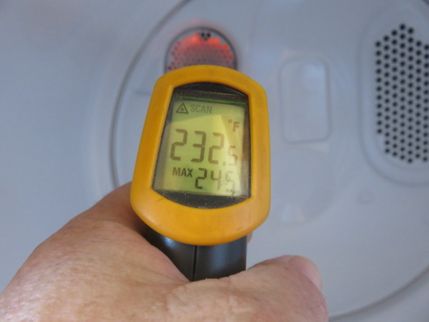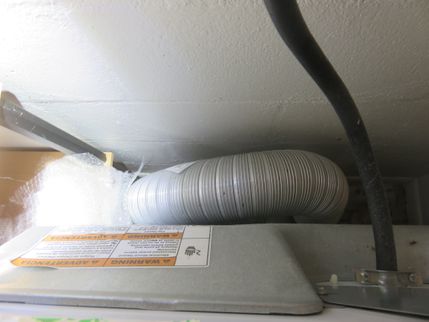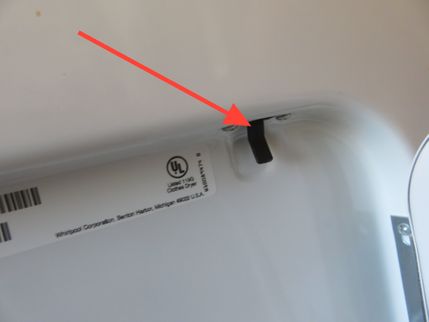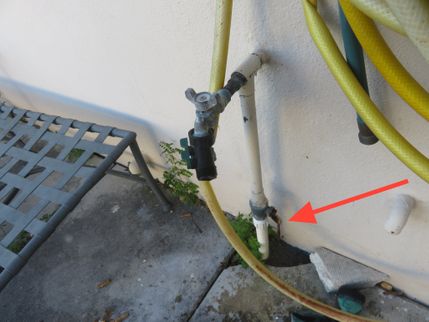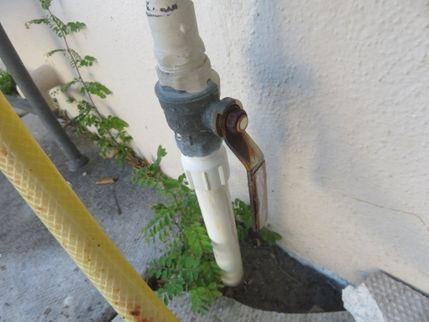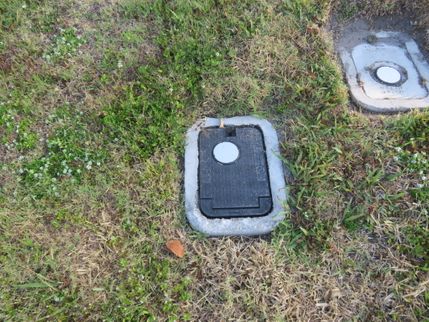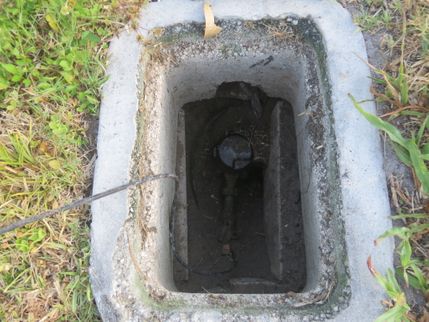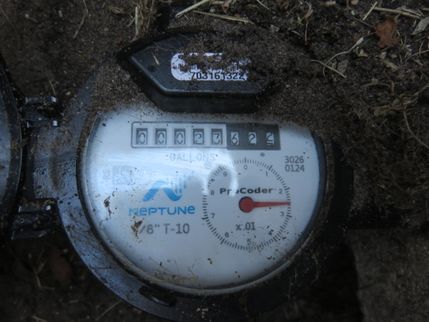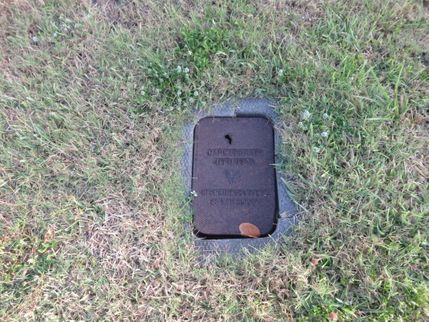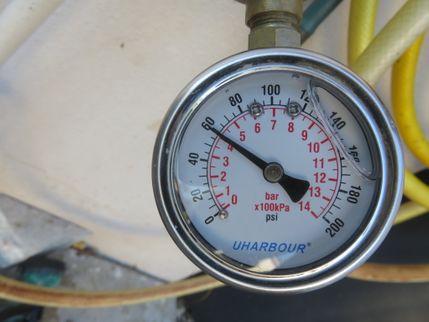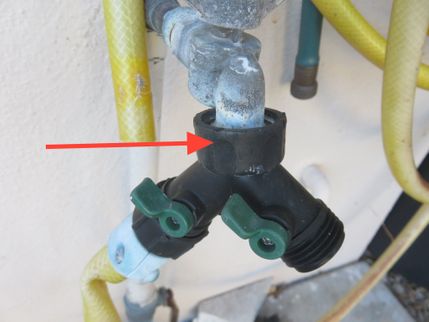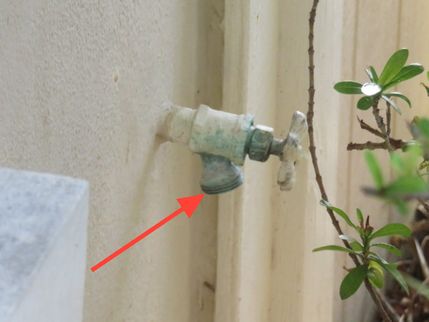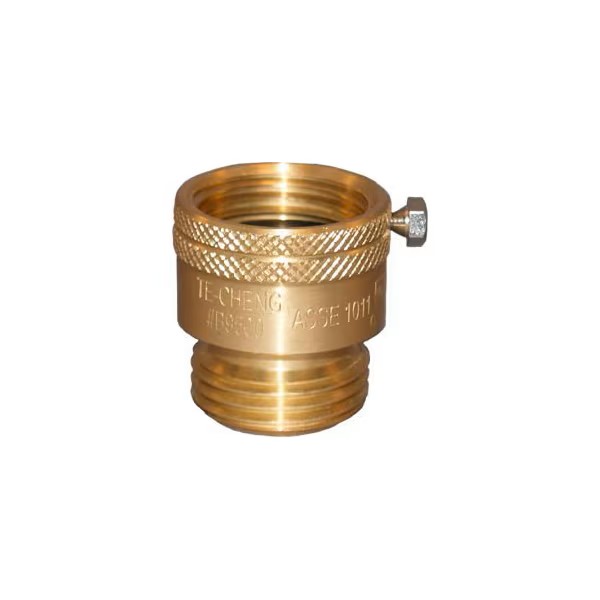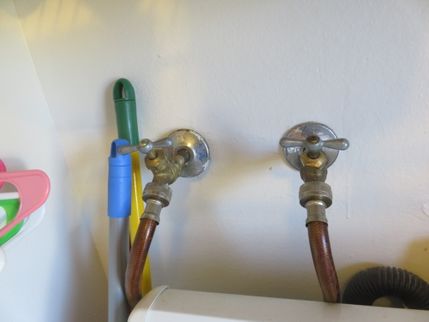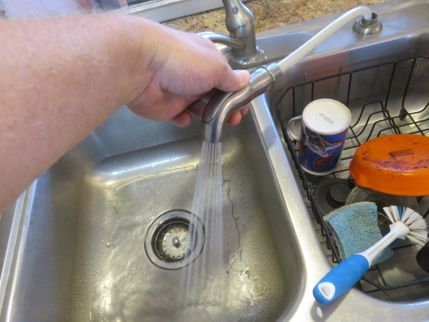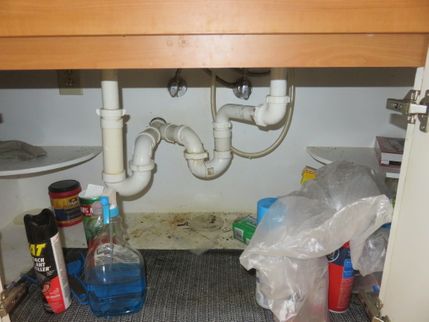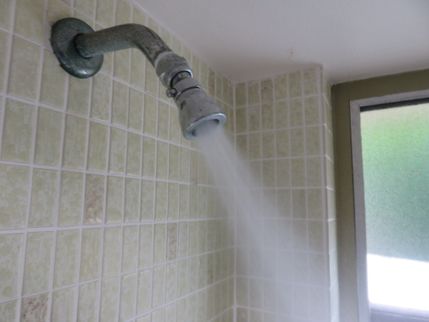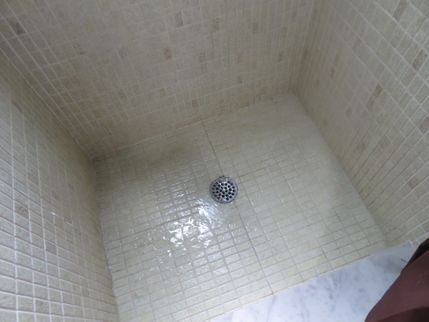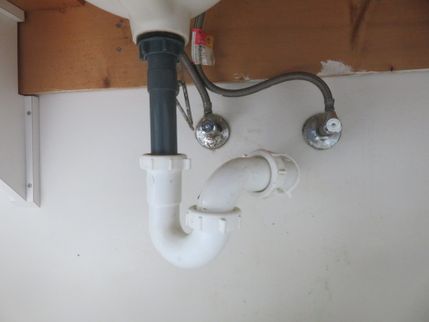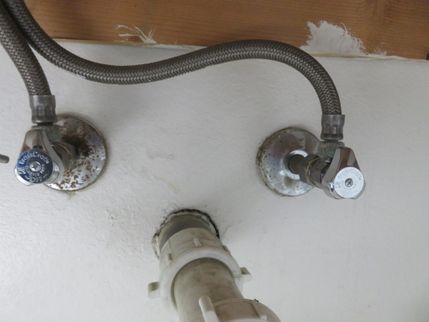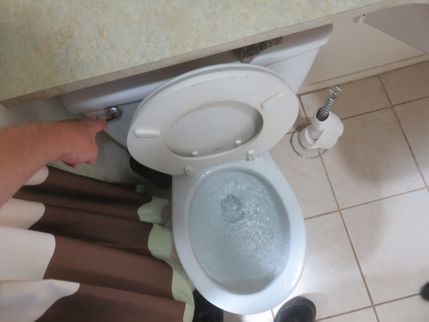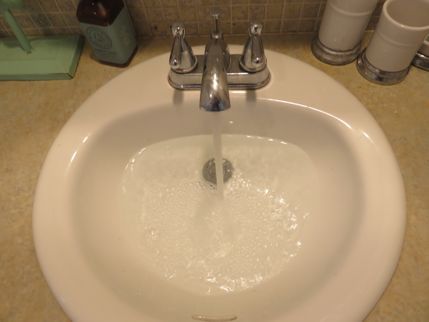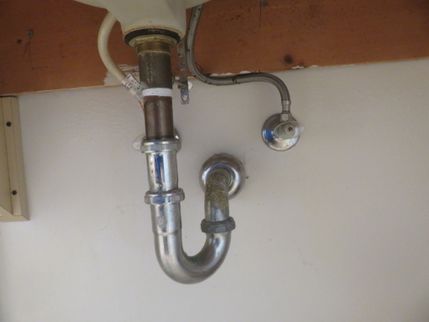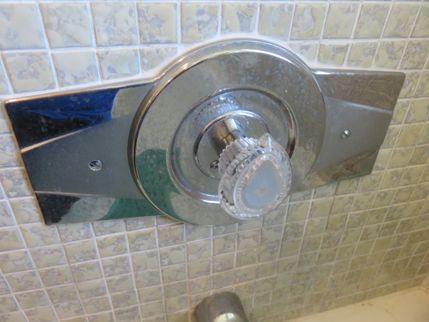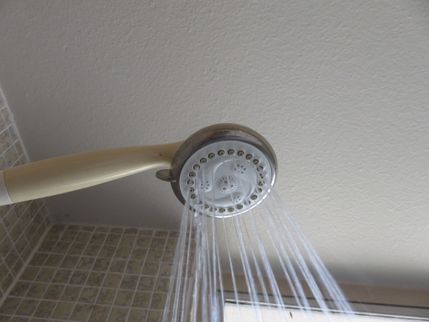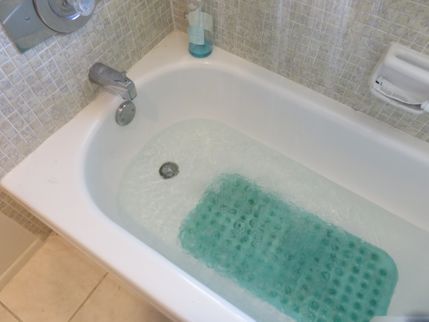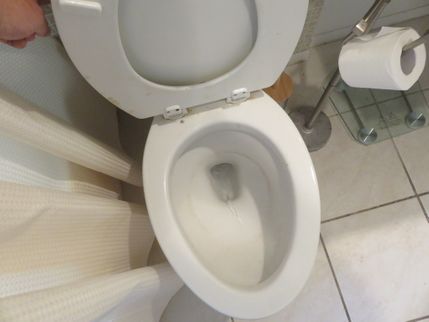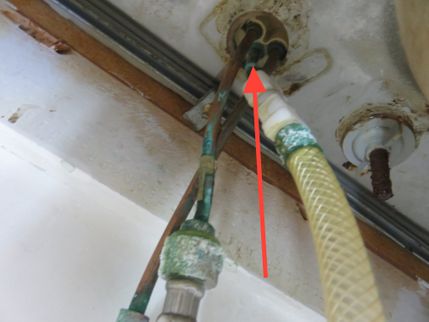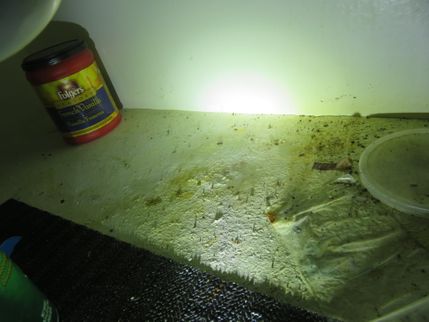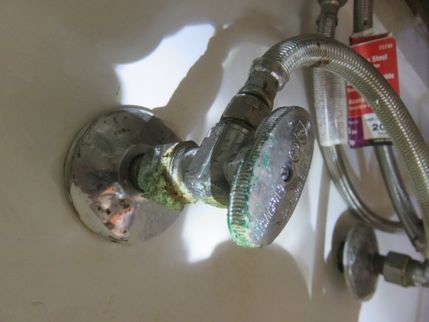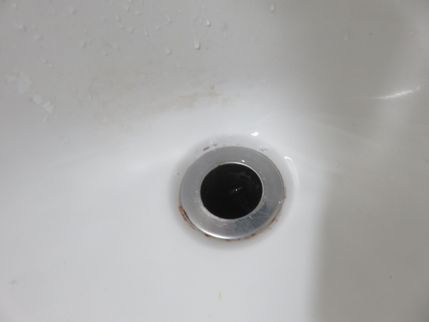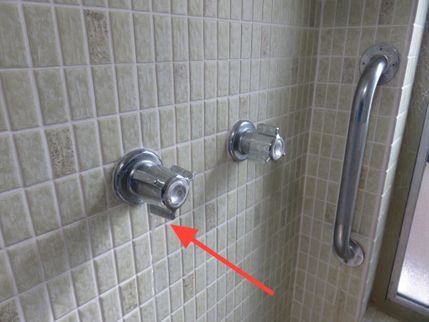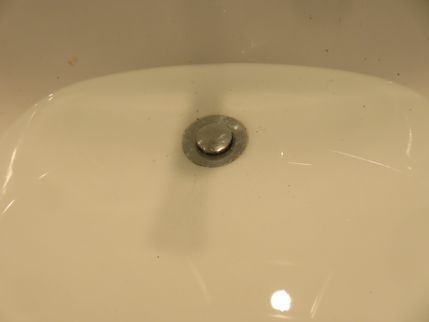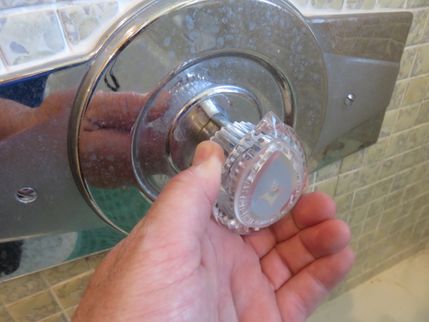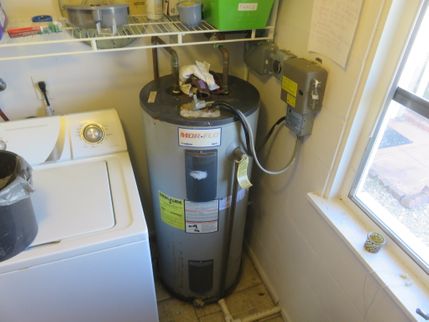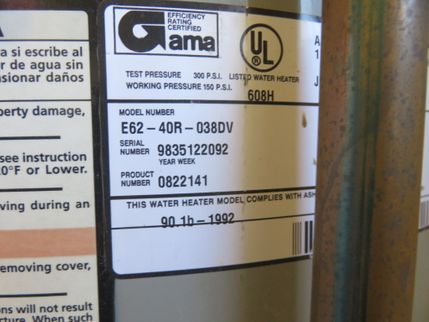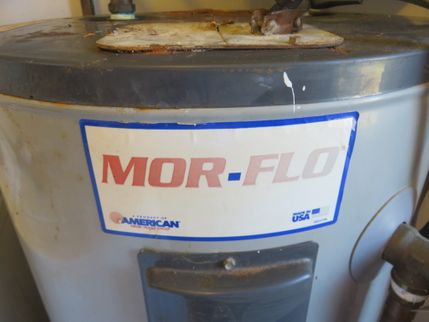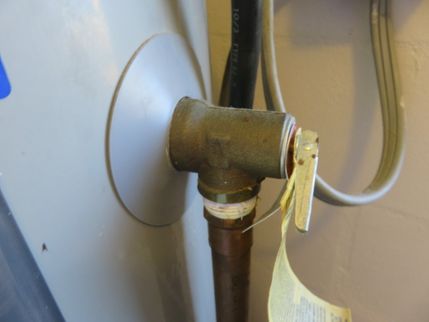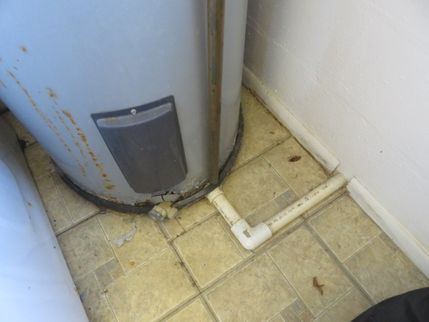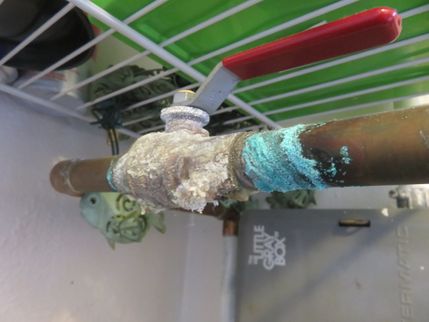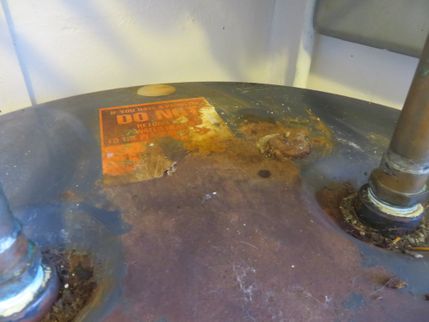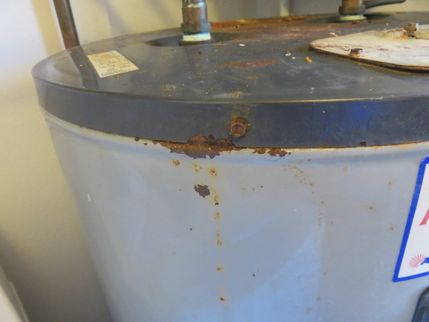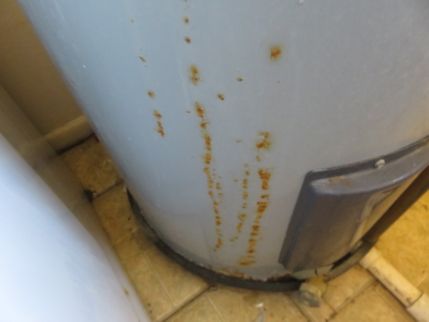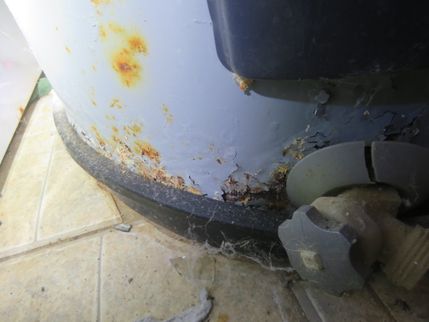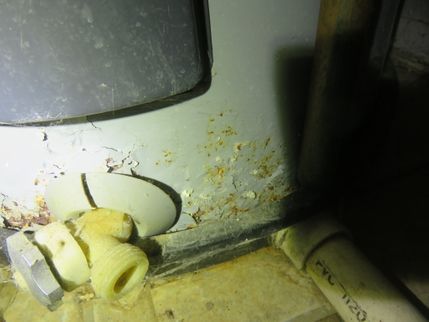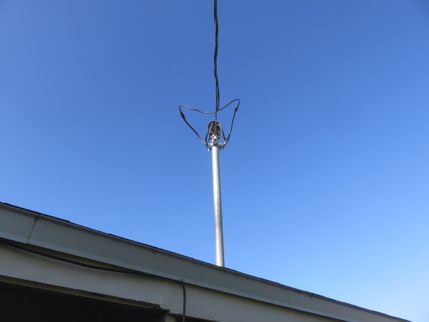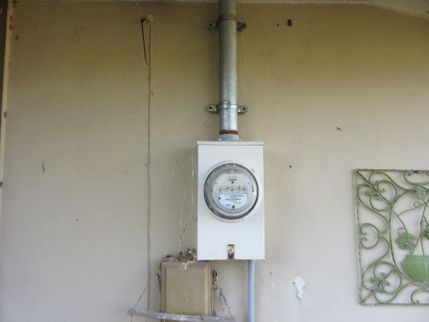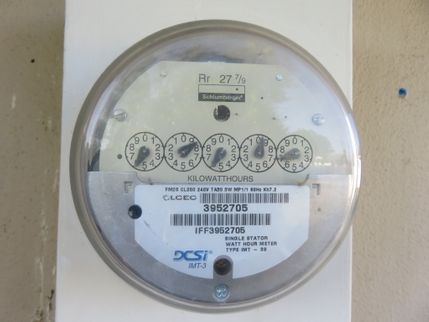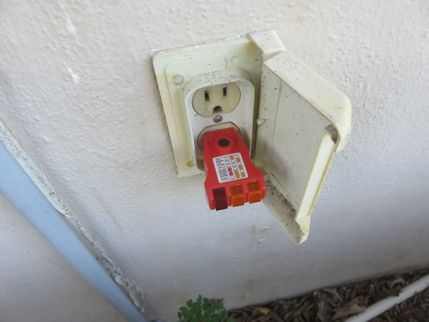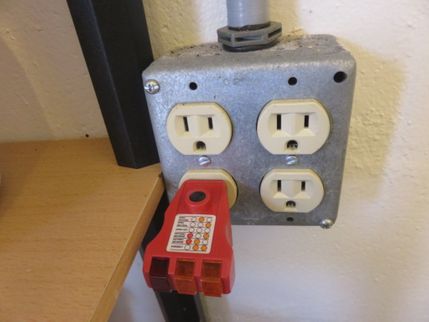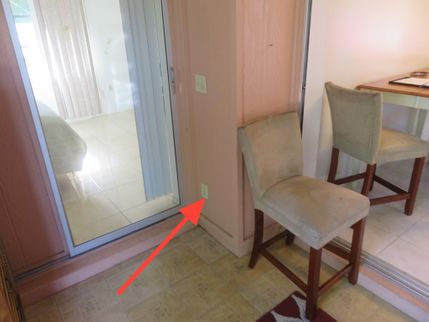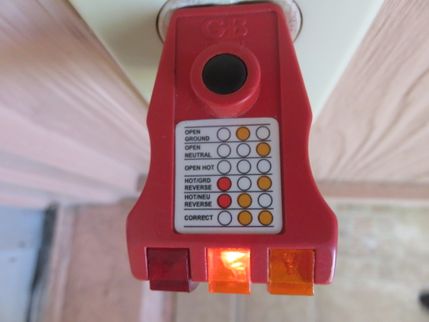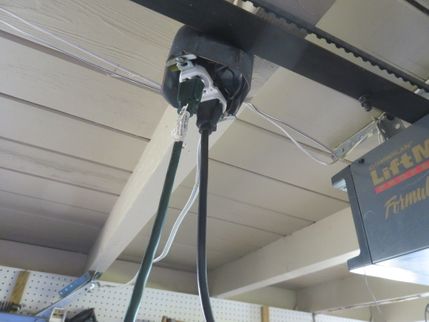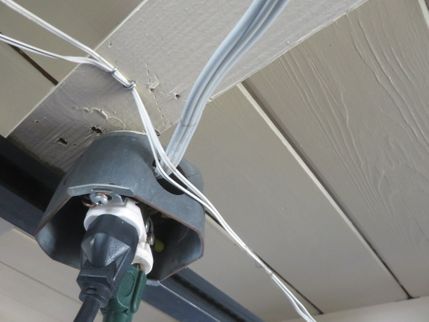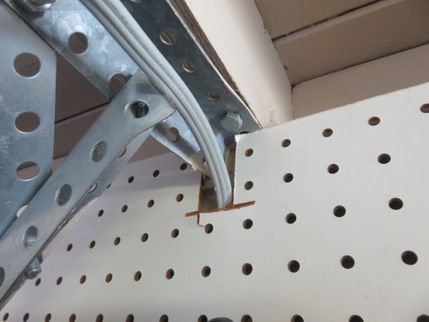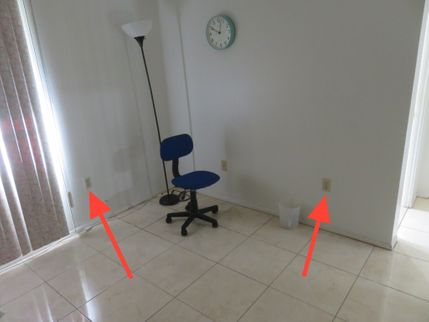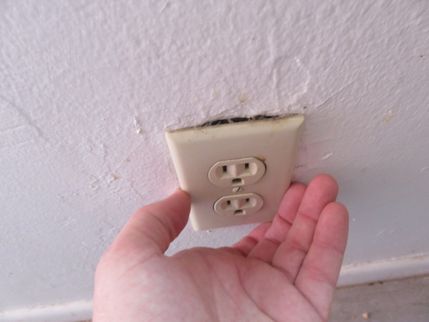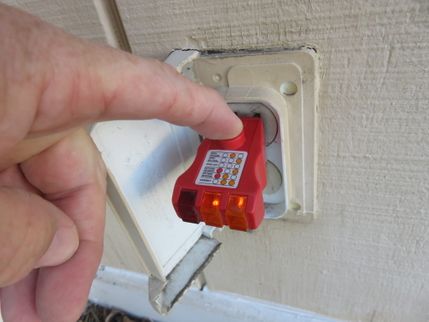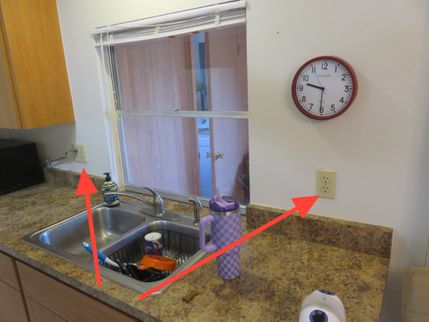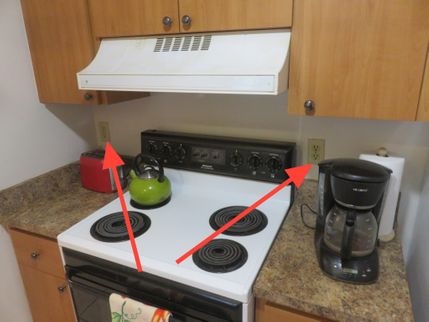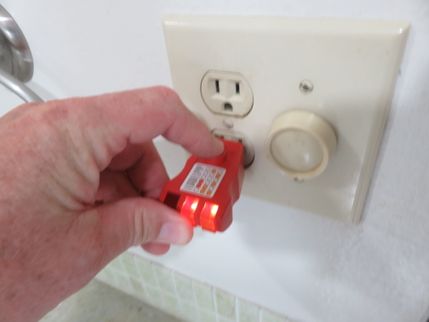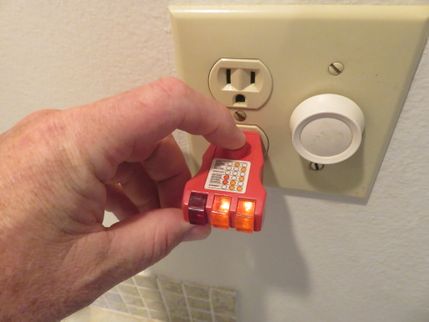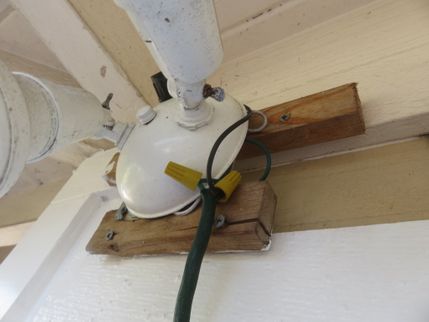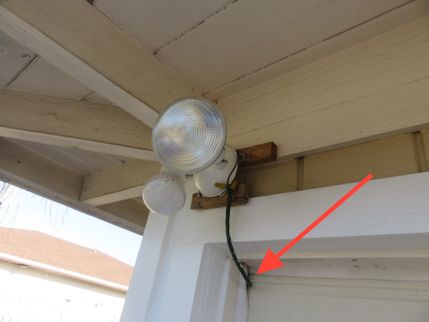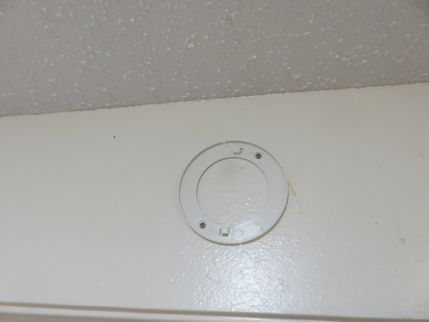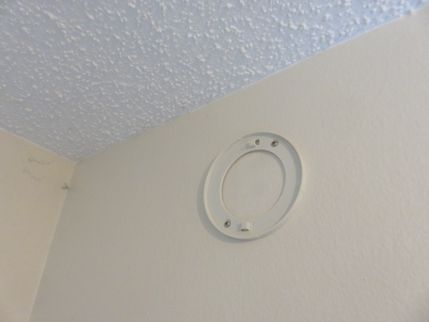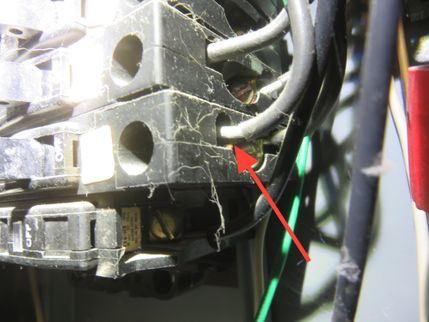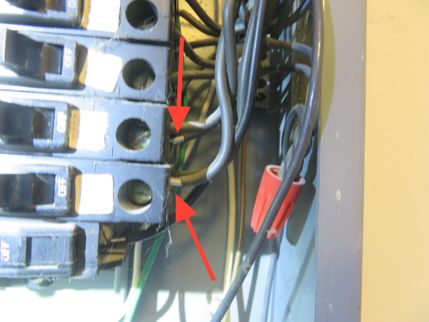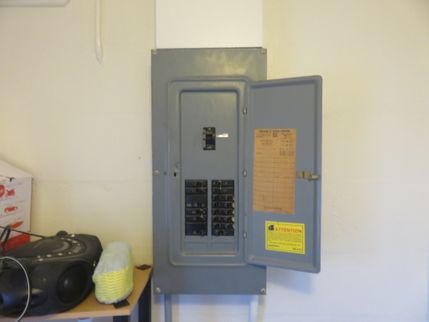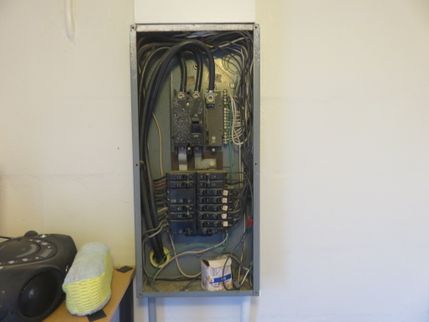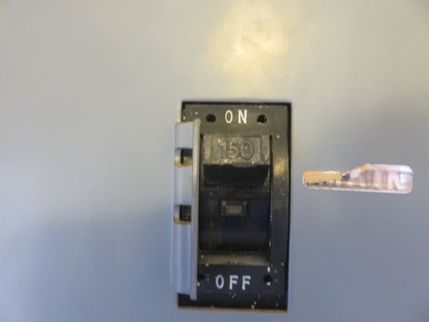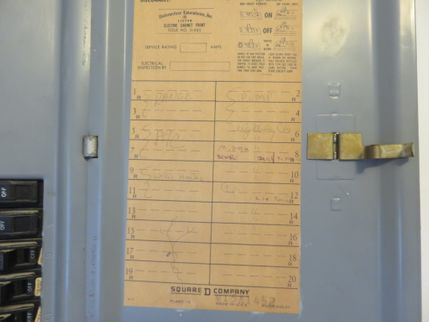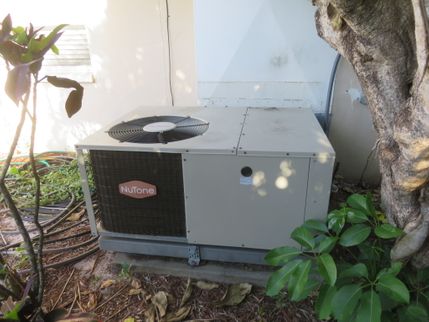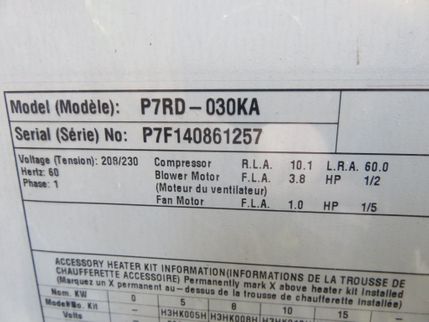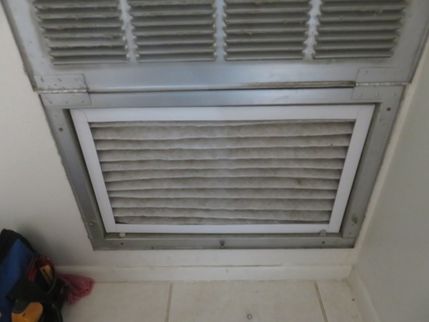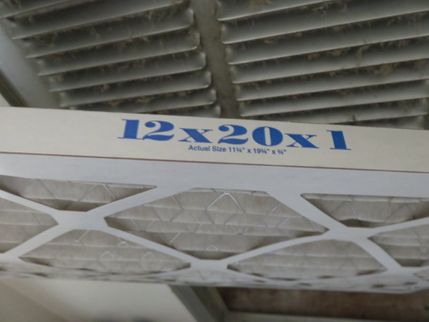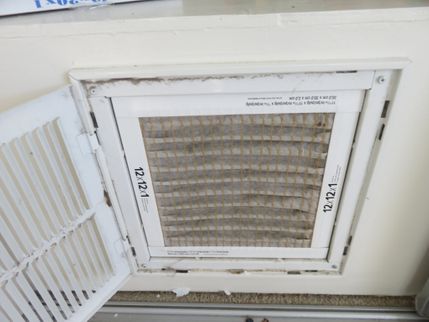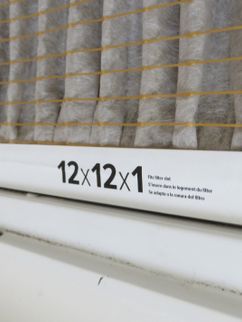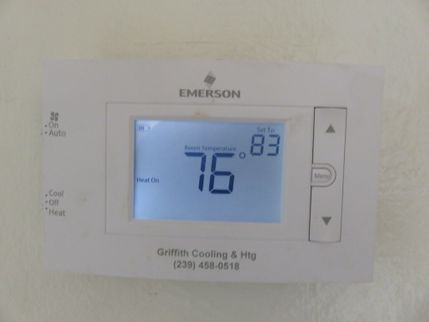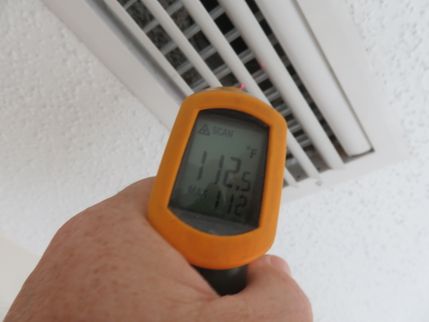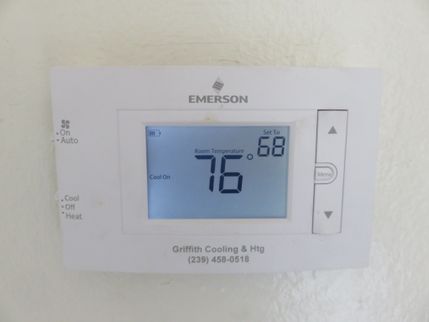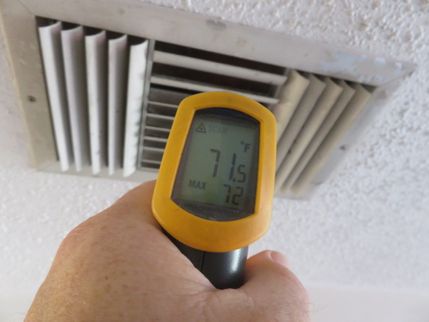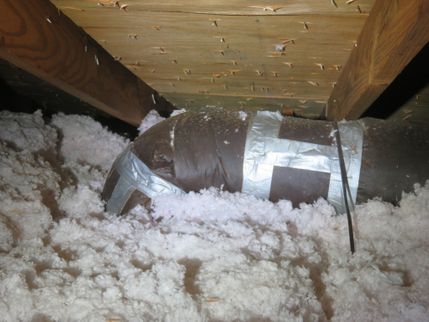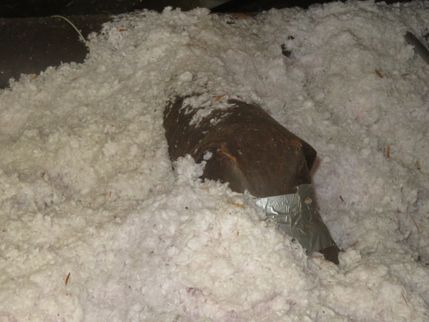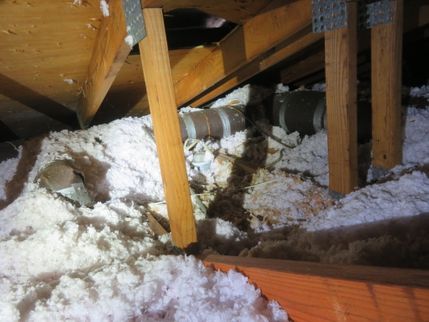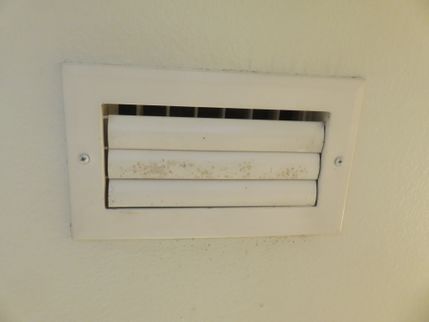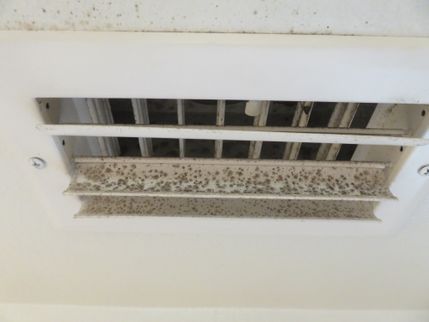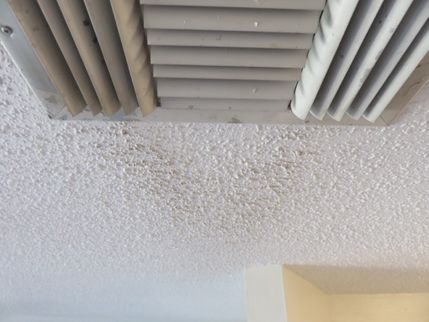Thank You
Thank you for allowing me the opportunity to perform your home inspection. Should you have any questions after reading the report, please feel free to contact me. In addition to home inspections, I also perform wind mitigations, 4-point inspections, water intrusion/mold inspections and indoor air quality/mold testing. If I can be of service again in the future, please do not hesitate to contact me.
How to Read the Report
Getting the Information to You
This report is designed to deliver important and technical information in a way that is easy for anyone to access and understand. If you are in a hurry, you can take a quick look at our "Summary Page” and quickly get the critical information for important decision-making. However, we strongly recommend that you take the time to read the full Report, which includes digital photographs, captions, diagrams, descriptions, videos, and hot links to additional information.
Chapters and Sections
This report is divided into chapters that parcel the home into logical inspection components. Each chapter is broken into sections that relate to a specific system or component of the home. You can navigate between chapters with the click of a button on the left-side margin.
Most sections will contain some descriptive information in black font. Observation narrative, done in colored boxes, will be included if a system or component is found to be significantly deficient in some way or if we wish to provide helpful additional information about the system or the scope of our inspection. If a system or component of the home was deemed to be in satisfactory or serviceable condition, there might be no narrative observation comments in that section, and it may simply say “tested” or “inspected.”
Observation Labels
All narrative observations are colored, numbered, and labeled to help you find, refer to, and understand the severity of the observation. Observation colors and labels used in this report are:
- Major Concern:Repair items that may cost significant money to correct now or in the near future, or items that require immediate attention to prevent additional damage or eliminate safety hazards.
- Repair:Item was in below average condition or was not operating as it should. Item requires upgrading, repair or replacement.
- Improve:Observations that are not necessarily defects, but which could be improved for safety, efficiency, or reliability reasons.
- Recommended Maintenance:These are repair items that should be considered "routine home ownership items" that help protect the home and keep the components in good working order, such cleaning the gutters, trimming vegetation or changing the HVAC return filters.
- Inspection Note:Aside information and/or comments elaborating on descriptions of systems in the home that the inspector might find useful to purchase decisions or home ownership.
The Summary is Not the Entire Report
The Summary Page is designed as a bulleted overview of all the observations noted during the inspection. This helpful overview is not a substitute for reading the entire inspection report. The entire report must be read to get a complete understanding of this inspection report, as the Summary Page does not include photographs or photo captions.
Summary
Major Concerns
- E-5 🏠Exterior - Roof:
The shingle and modified bitumen roof covering above the home and Florida room is 4 years old. The modified bitumen roof covering above the garage was estimated to be about 18 years old and has reached the end of its useful service life. Deterioration and granule loss was observed. I recommend having the roof above the garage replaced, to reduce potential leaks.
- I-1 🛋️Interior - Ceilings, Walls and Floors:
The guest bathroom wall, located between the tub and window was soft and able to pushed inward. The wall damage was most likely caused by water intrusion. Unable to determine the extent of the water damage behind the tile. I recommend a qualified contractor perform an invasive inspection and replace the wall as needed.
- P1-4 🚿Plumbing - Water Heater:
Several concerns were observed at the water heater:
- The water heater is 27 years old. The average life expectancy is 10-15 years.
- The water heater is significantly rusted.
- The cold water inlet copper piping and shut off valve are corroded.
- A thermal expansion device was not observed.
I recommend a qualified contractor replace the water heater, corroded piping and shut off valve and install a thermal expansion device.
- E1-6 🔌Electrical - Visible Electrical Wiring:
Single strand aluminum wiring was observed inside the electrical panel. Single strand aluminum wiring expands and contracts more than copper wiring. The expansion and contraction can cause loose electrical connections, which is an increased fire risk. Due to the known concerns associated with this type of electrical wiring, insurance companies may be unwilling to insure the home without remediation. I recommend a qualified electrical contractor replace or retrofit the wiring as deemed necessary.
Repair Items
- E-1 🏠Exterior - Walls and Siding:
Several siding concerns were observed:
- Wood rot was observed in several areas at the bottom of the wooden siding, at the front of the home and along the garage.
- To prevent rot and/or termite intrusion, the wooden siding should not be installed in contact with the soil.
- The stucco had numerous minor cracks.
- The paint was deteriorated, chalky and flaking off in a few areas.
- A hole was present in the block wall around what appeared to be an old conduit.
To help protect the home from moisture, I recommend having the stucco cracks and hole sealed and the exterior repainted.
I recommend having the wooden siding repaired or replaced as needed.
- E-2 🏠Exterior - Soffit and Fascia:
The paint was peeling and flaking off the wooden fascia in a few areas, particularly at the front of the home. Minor wood rot was observed in a few areas. I recommend having the fascia repaired or replaced as needed.
- E-4 🏠Exterior - Roof:
The electrical mast did not have a proper flashing detail. The penetration was sealed with tar or some other type of sealant. To help reduce potential leaks, I recommend a qualified contractor install a flashing detail.
- I-2 🛋️Interior - Ceilings, Walls and Floors:
The walls near the main suite shower were water damaged, most likely from an improperly used or a poorly fitting shower curtain. I recommend repairing the walls as needed.
- I-3 🛋️Interior - Windows:
Several window concerns were observed:
- The single hung garage windows did not open or close properly and were unable to be locked.
- The crank out (jealousy) windows in several rooms did not fully close.
- Several crank out windows were difficult to open and close.
For security reasons as well as to prevent conditioned air loss and/or wind driven rain intrusion, I recommend having the windows repaired or replaced as needed.
- I-4 🛋️Interior - Doors:
Several door concerns were observed:
- The rear garage entry door has sustained wood rot at the bottom of the the door and door frame.
- The front entry door has sustained wood rot at the bottom of the door frame.
- The main suite bedroom glass sliding door appeared to be off the track and was difficult to operate.
- The glass sliding rear entry doors at the Florida room and dining room were difficult to operate.
I recommend having the entry doors repaired or replaced as needed.
- A-2 🍳Appliances - Dryer:
The dryer door safety switch was inoperative. When the door was opened, the drum continued to rotate. For safety, I recommend having the dryer repaired.
- P1-3 🚿Plumbing - Fixtures:
Several plumbing fixture concerns were observed:
- While testing the kitchen faucet, water dripped out of the faucet body onto the cabinet base, below the sink.
- The guest bathroom tub/shower valve cartridge was seized, making the valve difficult to operate.
- The guest bathroom sink drain was slow and appeared to be partially clogged.
- The drain stopper was absent from the main suite sink.
- While testing the main suite shower valve, water leaked from the hot water handle.
- Corrosion was observed at the under-sink shut off valves in the kitchen and guest bathroom.
I recommend having the plumbing fixtures repaired or replaced as necessary.
- E1-1 🔌Electrical - Outlets/Receptacles:
Several outlet concerns were observed:
- The exterior outlet to the rear of the laundry area did not have any power.
- The bank of 4 outlets located behind the dyer did not have any power.
- Two of the outlets in the main suite bedroom had no power.
- The Florida room outlet, located closest to the main suite bedroom had an open or missing ground.
- The garage door opener outlet cover was absent.
- What appeared to be an extension cord was improperly wired into the garage door opener outlet.
- The front living room was outlet was loose from the wall.
I recommend a qualified contractor repair or replace as needed.
- E1-3 🔌Electrical - Lighting, Fans and Smoke Detectors:
Some of the exterior light fixtures did not respond to any switch. Possibly the bulbs were burned out. This was not confirmed during the inspection. The front left exterior light was improperly wired. The connections (wire nuts) are exposed. The electrical wiring was ran through the garage door opening and is not protected from mechanical damage. I recommend having the front left light fixture wired correctly by a qualified contractor.
- AC-1 ❄️Air Conditioning - Operation:
The air conditioning system did not adequality cool the air. It was approximately 74F degrees outside and 76F inside. The thermostat was set to cooling mode and the temperature setting was decreased to 68F. The A/C was only able to produce 71F degree conditioned air. I recommend a qualified contractor diagnose the system and repair or replace as needed.
Improve Items
- P-1 🌴Property - Grounds:
I recommend having the trees trimmed back, to help reduce potential damage to the home.
- P-2 🌴Property - Porch and Lanai:
The ceiling mounted fan located in the Florida room appeared to be too low and could potentially be a safety hazard for taller people. Upgrading to a "hugger" fan will enable more headroom.
- E-3 🏠Exterior - Gutters:
The gutters at the left rear rear did not appear to be sloped properly and the downspout was not securely attached to the exterior wall. Gutters were not present elsewhere. I recommend having the left rear gutters improved as well as having gutters installed along the perimeter of the roof, to help protect the exterior and foundation. Water accumulation at the exterior can cause premature stucco deterioration. Water accumulation at foundation can cause soil erosion, potentially cause settlement and can be conducive termite activity.
- I-5 🛋️Interior - Countertops and Cabinets:
The kitchen cabinet drawers were difficult to open and close. I recommend adjusting/improving the drawers as needed to enable easier operation.
- A-1 🍳Appliances - Kitchen:
The oven was not level and wobbly. I recommend adjusting the feet to help prevent unwanted movement.
- P1-1 🚿Plumbing - Exterior:
Vacuum breakers were not present at either of the hose bibs. I recommend installing vacuum breakers to reduce potential back-siphoning. Vacuum breakers simply screw onto the hose bib threads, are relatively inexpensive and are available at most home improvement centers.
- P1-2 🚿Plumbing - Exterior:
A sewer cleanout was unable to be found. The cleanout enables easier access, should a stoppage occur and the main drain need to be snaked out. A plumber may be able to snake the main drain line by pulling a toilet or going down a roof vent. However, those methods are more expensive and can be quite messy. If buried, I recommend having the cleanout located. Or having a cleanout installed if one does not currently exist.
- E1-2 🔌Electrical - Outlets/Receptacles:
It is not uncommon for a home of this age to lack GFCI protected outlets. To improve safety, I recommend upgrading the non-GFCI outlets at the exterior and inside the kitchen and bathrooms.
- E1-4 🔌Electrical - Lighting, Fans and Smoke Detectors:
Smoke detectors were not installed at time of the inspection. For safety, I recommend having smoke detectors installed throughout the home and inside each bedroom.
- E1-5 🔌Electrical - Lighting, Fans and Smoke Detectors:
Having ventilation fans installed inside the bathrooms may help reduce potential moisture and humidity accumulation, while taking showers.
- E1-7 🔌Electrical - Electrical Panel:
Some of the circuit breakers were not clearly labeled. I recommend having each circuit identified and each breaker labeled, so that any particular circuit can be turned off quickly and easily if needed.
- AC-2 ❄️Air Conditioning - Package Unit:
Several concerns were observed that may effect indoor air quality, some examples are as follows:
- Most of the air ducts appeared to be quite old, possibly original.
- What appeared to be microbial growth was observed at the guest bathroom HVAC supply register.
- Dust accumulation was observed at the ceilings, near the HVAC supply register.
Having the attic ductwork replaced during the next air conditioning replacement may help improve indoor air quality as well as efficiency. Cleaning the bathroom supply register and cleaning the dust from the ceilings may help improve indoor air quality.
Recommended Maintenance
- A-3 🍳Appliances - Dryer:
Having the dryer vent cleaned a minimum of once a year is recommended, to help prevent lint buildup, which can become a potential fire hazard.
📸 The Complete Report
🏗️Structure
Building Details
Building Structure
Roof Structure
Attic Access
Attic Insulation
Attic Ventilation and Exhaust Ducts
🔎Inspection Details
Inspection Day Conditions
Inspection Start Time: 7:50 AM
Beginning Outside Temperature: 73F
Weather Conditions: Sunny
Recent Rainfall: No significant rainfall within the previous 72 hours
Soil Conditions: Dry
Utilities Status: The water and electricity to the home were on
Occupancy Status: Occupied and fully furnished
Others Present During Inspection: Client with Realtor
Inspection End Time: 11:30 AM
Ending Outside Temperature: 79F
🌴Property
Grounds
Grade: Mostly level
Lawn Irrigation System: Not present
Trees and Vegetation : Recommend trimming or removal
Driveway and Walkways
Driveway: Concrete
Sidewalks/Walkways: Concrete
Minor concrete cracks were observed. Cracking is commonly found in concrete driveways and is not normally considered to be a significant concern, unless trip hazards are present.
Porch and Lanai
Front Porch: Not present
Rear Lanai: Enclosed
Patio: Open
The rear lanai was converted into an enclosed Florida room. Air conditioning was not supplied into the Florida room.
🏠Exterior
Walls and Siding
Exterior Wall Construction: Concrete block and wood framed
Siding Type: Painted stucco, Wooden siding
Several siding concerns were observed:
- Wood rot was observed in several areas at the bottom of the wooden siding, at the front of the home and along the garage.
- To prevent rot and/or termite intrusion, the wooden siding should not be installed in contact with the soil.
- The stucco had numerous minor cracks.
- The paint was deteriorated, chalky and flaking off in a few areas.
- A hole was present in the block wall around what appeared to be an old conduit.
To help protect the home from moisture, I recommend having the stucco cracks and hole sealed and the exterior repainted.
I recommend having the wooden siding repaired or replaced as needed.
Soffit and Fascia
Material: Painted wood fascia, Painted wood soffit
Gutters
The gutters at the left rear rear did not appear to be sloped properly and the downspout was not securely attached to the exterior wall. Gutters were not present elsewhere. I recommend having the left rear gutters improved as well as having gutters installed along the perimeter of the roof, to help protect the exterior and foundation. Water accumulation at the exterior can cause premature stucco deterioration. Water accumulation at foundation can cause soil erosion, potentially cause settlement and can be conducive termite activity.
Roof
Inspection Method: Walked the roof
Material: Asphalt/Fiberglass Shingles, Modified Bitumen
Shape/Style: Hip, Flat
Plumbing Vents: PVC pipes with lead roof boots
Flashing Details: Improvement needed
The shingle and modified bitumen roof covering above the home and Florida room is 4 years old. The modified bitumen roof covering above the garage was estimated to be about 18 years old and has reached the end of its useful service life. Deterioration and granule loss was observed. I recommend having the roof above the garage replaced, to reduce potential leaks.
🏗️Structure
Building Details
Building Type: Single family home
Building Faces: South
Approximate Square Footage: 1,117, according to the property listing
Year Built: 1972, according to the property listing
Building Structure
Foundation Type: Slab on grade
Exterior Wall Construction: Concrete block and wood framed
Interior Wall Framing: 2"X4"
Wall Insulation: Not readily accessible, unable to visually inspect
Attic Access
Overhead Hatch: Located in the main suite closet ceiling
Attic Light Fixture Present: No
Method of Inspection: Inside the attic with a flashlight
Attic Insulation
Type: Blown-in
Depth: 7-10 inches
Attic Ventilation and Exhaust Ducts
Opening Types: Off-ridge vents, Soffit vents
Bathroom Exhaust Ducts: Not present
Dryer Exhaust Duct: Not present
🛋️Interior
Ceilings, Walls and Floors
Ceilings: Painted drywall
Walls: Painted drywall
Floors: Tile
Garage Floor: Carpeted concrete
The guest bathroom wall, located between the tub and window was soft and able to pushed inward. The wall damage was most likely caused by water intrusion. Unable to determine the extent of the water damage behind the tile. I recommend a qualified contractor perform an invasive inspection and replace the wall as needed.
Windows
Windows: Single hung, Crank out
Several window concerns were observed:
- The single hung garage windows did not open or close properly and were unable to be locked.
- The crank out (jealousy) windows in several rooms did not fully close.
- Several crank out windows were difficult to open and close.
For security reasons as well as to prevent conditioned air loss and/or wind driven rain intrusion, I recommend having the windows repaired or replaced as needed.
Doors
Overhead Garage Door: Metal (steel/aluminum), Tested door opener, Tested safety reverse
Garage Rear Entry Door: Metal with wooden core
Garage to House Entry Door: Painted wood with window
Front Entry Door: Fiberglass with window
Rear Entry Doors: Glass sliding doors
Interior Doors: Painted wood, Mirrored closet doors
Several door concerns were observed:
- The rear garage entry door has sustained wood rot at the bottom of the the door and door frame.
- The front entry door has sustained wood rot at the bottom of the door frame.
- The main suite bedroom glass sliding door appeared to be off the track and was difficult to operate.
- The glass sliding rear entry doors at the Florida room and dining room were difficult to operate.
I recommend having the entry doors repaired or replaced as needed.
🍳Appliances
Kitchen
Dishwasher: Not present
Garbage Disposal: Not present
Refrigerator: Checked temperatures
Oven and Cooktop: Operated normally
Ventilation Method: Recirculating range hood
Microwave: Not present
Washing Machine
Dryer
Condition: Older unit with some wear
Tested: Yes
Exhaust Duct Connector: Flexible metal
Exhaust Duct Termination Location: Through the exterior wall
Having the dryer vent cleaned a minimum of once a year is recommended, to help prevent lint buildup, which can become a potential fire hazard.
🚿Plumbing
General Plumbing Photos
Supply and Drain Piping
Water Service: City water
Sewage Disposal: City sewer
Water Pressure: 60 PSI
Visible Water Supply Piping: Copper
Visible Drains and Vents Piping: PVC, ABS
Exterior
Water Meter Location: Front right
Main Water Shut Off Valve: Located at the left exterior
Hose Bibs: Located a the front right and left rear
Sewer Cleanout Location: Unable to locate
Vacuum breakers were not present at either of the hose bibs. I recommend installing vacuum breakers to reduce potential back-siphoning. Vacuum breakers simply screw onto the hose bib threads, are relatively inexpensive and are available at most home improvement centers.
A sewer cleanout was unable to be found. The cleanout enables easier access, should a stoppage occur and the main drain need to be snaked out. A plumber may be able to snake the main drain line by pulling a toilet or going down a roof vent. However, those methods are more expensive and can be quite messy. If buried, I recommend having the cleanout located. Or having a cleanout installed if one does not currently exist.
Fixtures
Sinks and Faucets: Hot and cold operation tested, Filled and drained the sinks
Sink Traps and Drains: PVC, Metal/chrome trap
Tubs/Showers: Hot and cold operation tested, Filled and drained the tub, Ran the showerheads for approximately two minutes
Toilets: Flushed normally
Washing Machine Shut Off Valves: Gate valves
Several plumbing fixture concerns were observed:
- While testing the kitchen faucet, water dripped out of the faucet body onto the cabinet base, below the sink.
- The guest bathroom tub/shower valve cartridge was seized, making the valve difficult to operate.
- The guest bathroom sink drain was slow and appeared to be partially clogged.
- The drain stopper was absent from the main suite sink.
- While testing the main suite shower valve, water leaked from the hot water handle.
- Corrosion was observed at the under-sink shut off valves in the kitchen and guest bathroom.
I recommend having the plumbing fixtures repaired or replaced as necessary.
Water Heater
Location: Laundry area
Condition: Rusted
Type: Tank
Capacity: 40 gallons
Manufacturer: MOR-FLO
Manufacturing Date: 1998
Inlet/Outlet Water Piping: Copper
Thermal Expansion Device: Not present
Temperature and Pressure Relief Valve (TPRV): Copper drain tube
Emergency Drip Pan: Plastic
Several concerns were observed at the water heater:
- The water heater is 27 years old. The average life expectancy is 10-15 years.
- The water heater is significantly rusted.
- The cold water inlet copper piping and shut off valve are corroded.
- A thermal expansion device was not observed.
I recommend a qualified contractor replace the water heater, corroded piping and shut off valve and install a thermal expansion device.
As the water is heated by the water heater, the water pressure increases. A thermal expansion device alleviates the buildup of water pressure. There are two types of thermal expansion devices; A thermal expansion tank (usually installed at the water heater) or a thermal expansion relief valve (usually installed at the main water shut off valve). Either device will accomplish the same thing. However, thermal expansion tanks are more common in our area. A few of the potential problems that may develop without an expansion device are banging pipes, premature pipe or fixture failure, premature water heater tank failure and water periodically or constantly dripping from the TPRV.
🔌Electrical
Service and Disconnects
Electrical Service Type: Overhead
Meter Location: Rear exterior
Main Disconnect Location: Inside the main electrical panel
Disconnect Present at Water Heater: 240 volt receptacle and cord
Disconnect Present at the Package Unit: Yes
Outlets/Receptacles
Exterior: Non-GFCI protected
Interior: Non-AFCI protected
Garage: GFCI protected
Kitchen: Non-GFCI protected
Bathrooms: Non-GFCI protected
Laundry Area: Non-GFCI protected
Clothes Dryer: 240 volt 4-prong receptacle
Several outlet concerns were observed:
- The exterior outlet to the rear of the laundry area did not have any power.
- The bank of 4 outlets located behind the dyer did not have any power.
- Two of the outlets in the main suite bedroom had no power.
- The Florida room outlet, located closest to the main suite bedroom had an open or missing ground.
- The garage door opener outlet cover was absent.
- What appeared to be an extension cord was improperly wired into the garage door opener outlet.
- The front living room was outlet was loose from the wall.
I recommend a qualified contractor repair or replace as needed.
Lighting, Fans and Smoke Detectors
Exterior Lighting: Improvements needed
Interior Switches and Lighting: Tested
Ceiling Fans: Tested
Smoke Detectors: Not present
Bathroom Ventilation Fans Present: No
Some of the exterior light fixtures did not respond to any switch. Possibly the bulbs were burned out. This was not confirmed during the inspection. The front left exterior light was improperly wired. The connections (wire nuts) are exposed. The electrical wiring was ran through the garage door opening and is not protected from mechanical damage. I recommend having the front left light fixture wired correctly by a qualified contractor.
Having ventilation fans installed inside the bathrooms may help reduce potential moisture and humidity accumulation, while taking showers.
Visible Electrical Wiring
Type: Single strand aluminum
Single strand aluminum wiring was observed inside the electrical panel. Single strand aluminum wiring expands and contracts more than copper wiring. The expansion and contraction can cause loose electrical connections, which is an increased fire risk. Due to the known concerns associated with this type of electrical wiring, insurance companies may be unwilling to insure the home without remediation. I recommend a qualified electrical contractor replace or retrofit the wiring as deemed necessary.
Electrical Panel
General Electrical Panel Photos: 📸
Location: Laundry area
Manufacturer: Square D
Age: Appeared to be original
Amps: 150
Bonding Location: Inside the panel
Service Entrance Cable Type: Multistrand Aluminum
Circuit Breaker Labeling: All breakers were not clearly labeled
Space for Additional Breakers: No, the panel is full
AFCI/GFCI Breakers: Not Present
❄️Air Conditioning
General HVAC System Photos
Operation
Type of System: Package unit
Heating System Operation: Functional at time of the inspection
Cooling System Operation: Limited cooling
Thermostat: Operated normally
The air conditioning system did not adequality cool the air. It was approximately 74F degrees outside and 76F inside. The thermostat was set to cooling mode and the temperature setting was decreased to 68F. The A/C was only able to produce 71F degree conditioned air. I recommend a qualified contractor diagnose the system and repair or replace as needed.
Unlike a split system which has a separate condenser and air handler, a package unit is an all-in-one system that combines all of the components for heating and cooling into a single, self-contained unit, located at the exterior.
Package Unit
Location: Right exterior
Capacity: 2.5 Ton
Manufacturer: NuTone
Manufacturing Date: 2014
Return Filters: Disposable
HVAC Supply Registers: Ceiling mounted
Visible Ductwork: Insulated metal
Condensate Drain: PVC pipe
Several concerns were observed that may effect indoor air quality, some examples are as follows:
- Most of the air ducts appeared to be quite old, possibly original.
- What appeared to be microbial growth was observed at the guest bathroom HVAC supply register.
- Dust accumulation was observed at the ceilings, near the HVAC supply register.
Having the attic ductwork replaced during the next air conditioning replacement may help improve indoor air quality as well as efficiency. Cleaning the bathroom supply register and cleaning the dust from the ceilings may help improve indoor air quality.
Receipt -- 📸 The Complete Report
1234 Your New Home Rd, Cape Coral, FL 33917
| Inspection Fees | $450.00 |
| $450.00 | |
| PAID |


